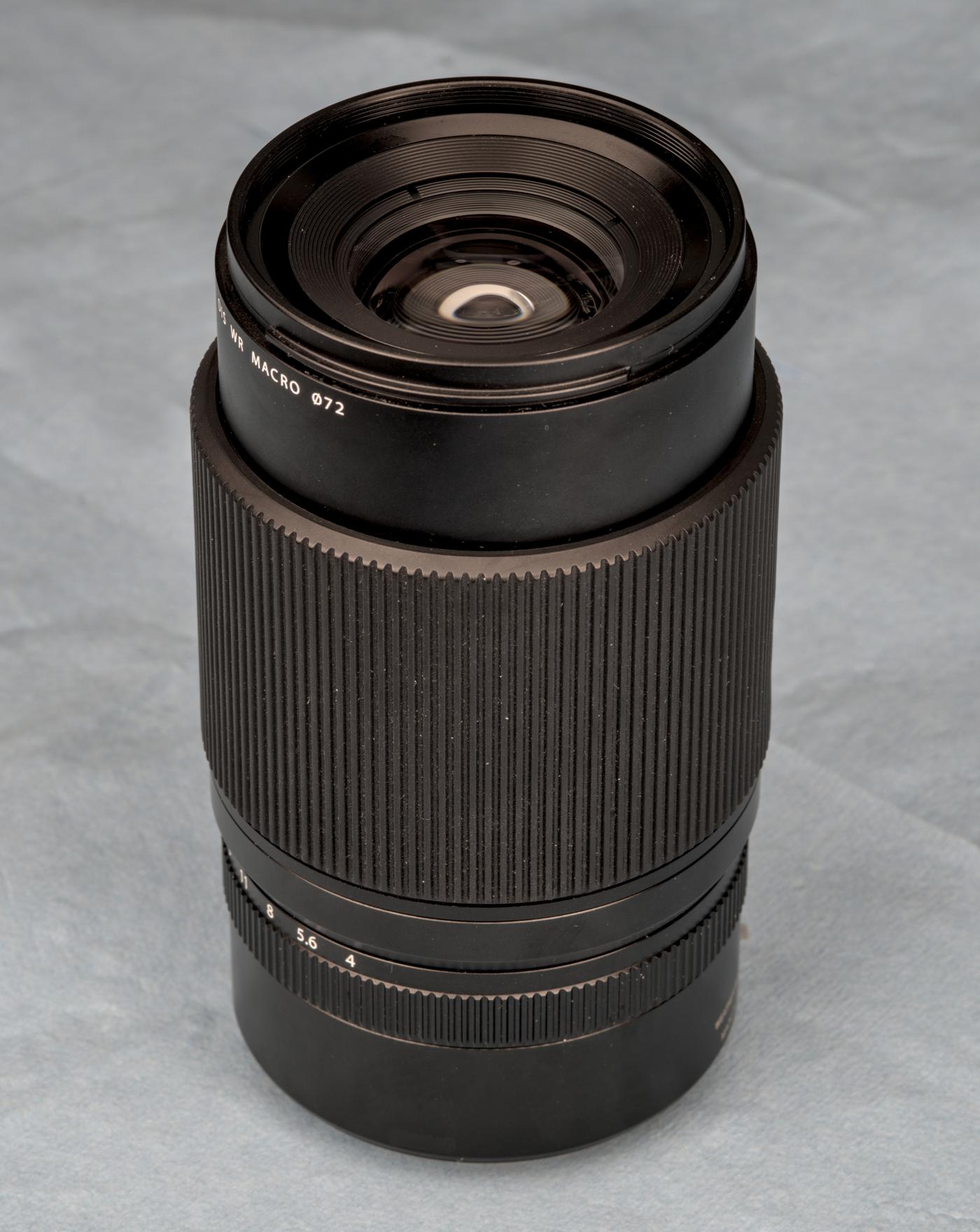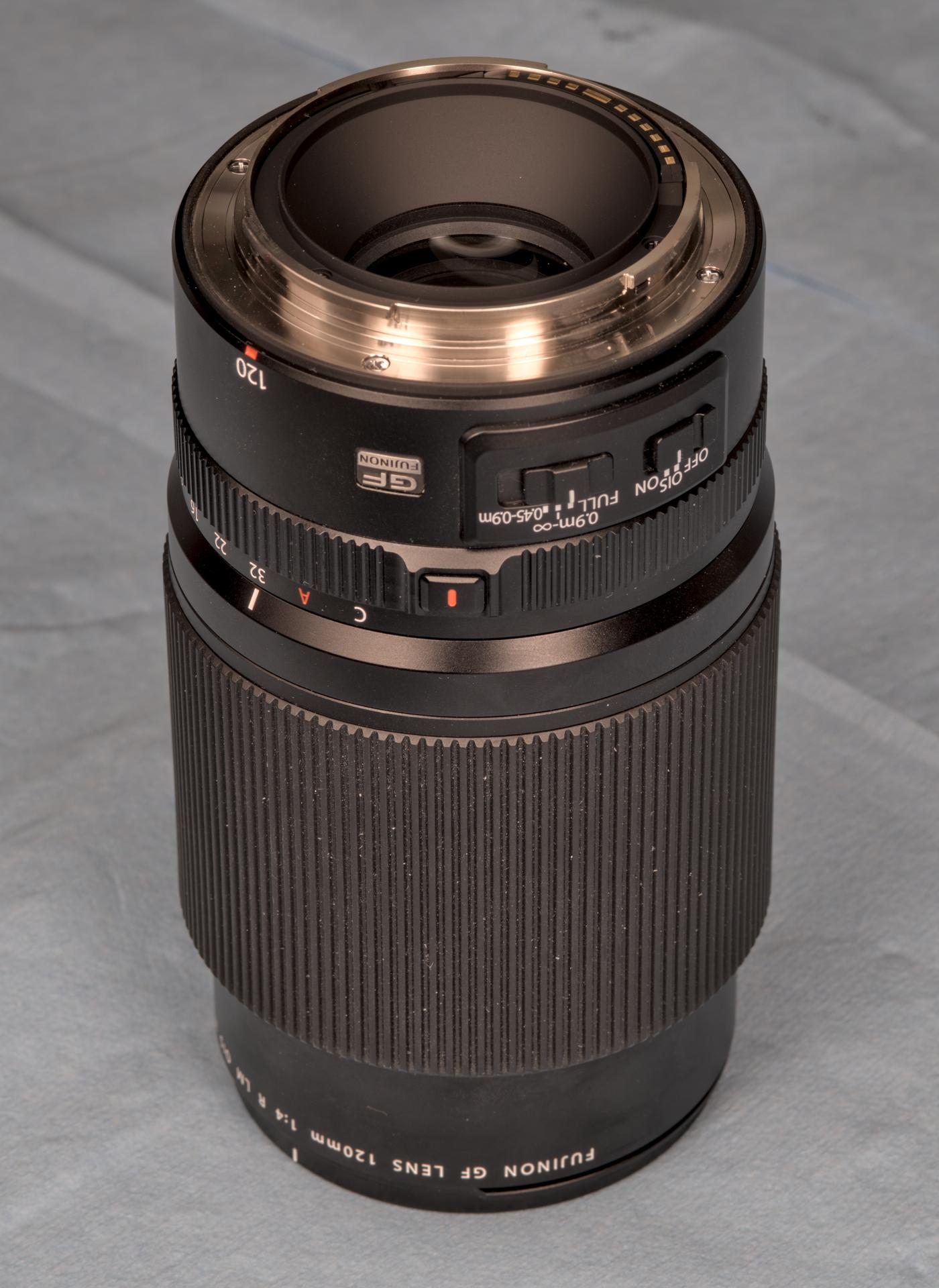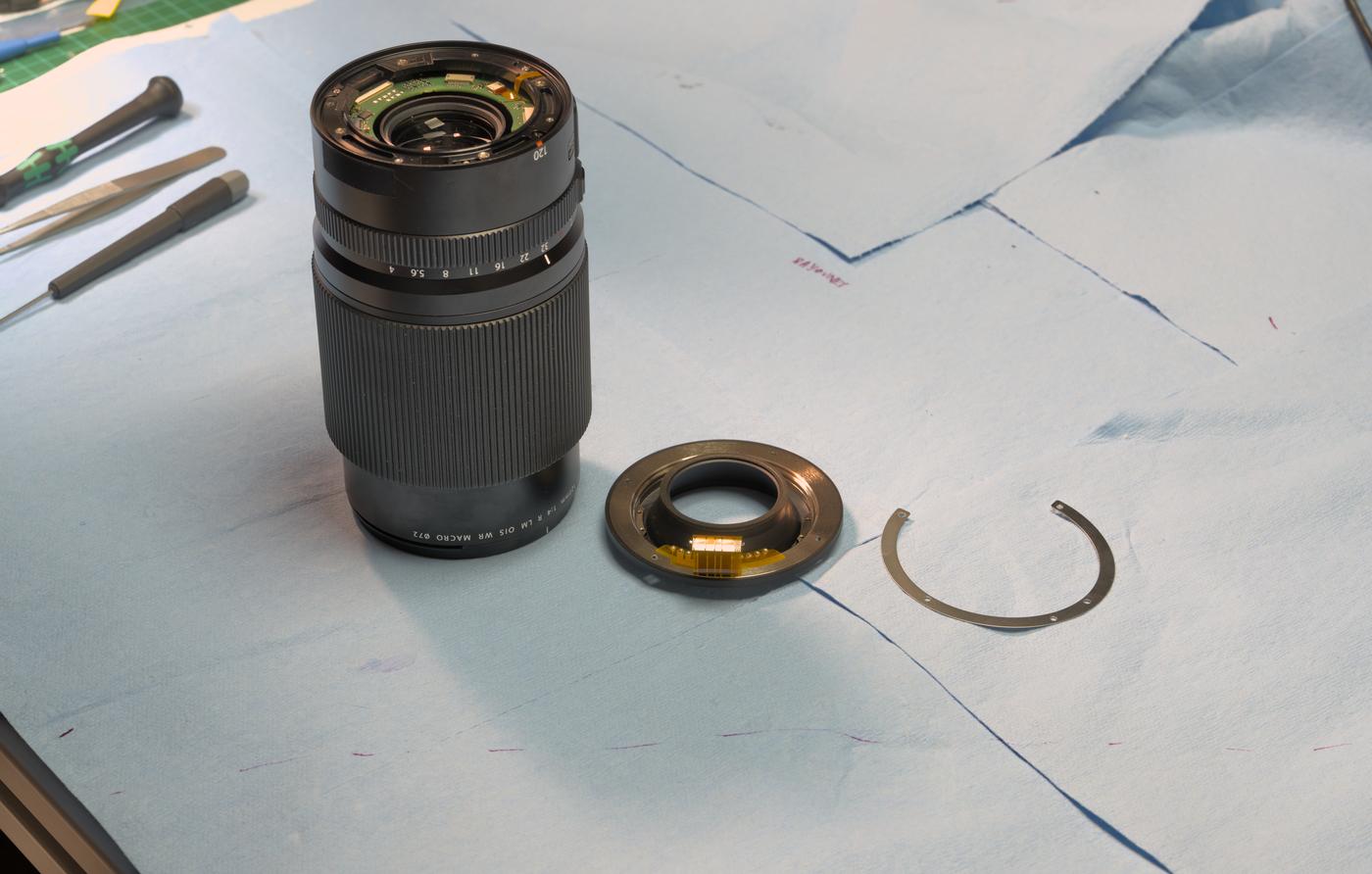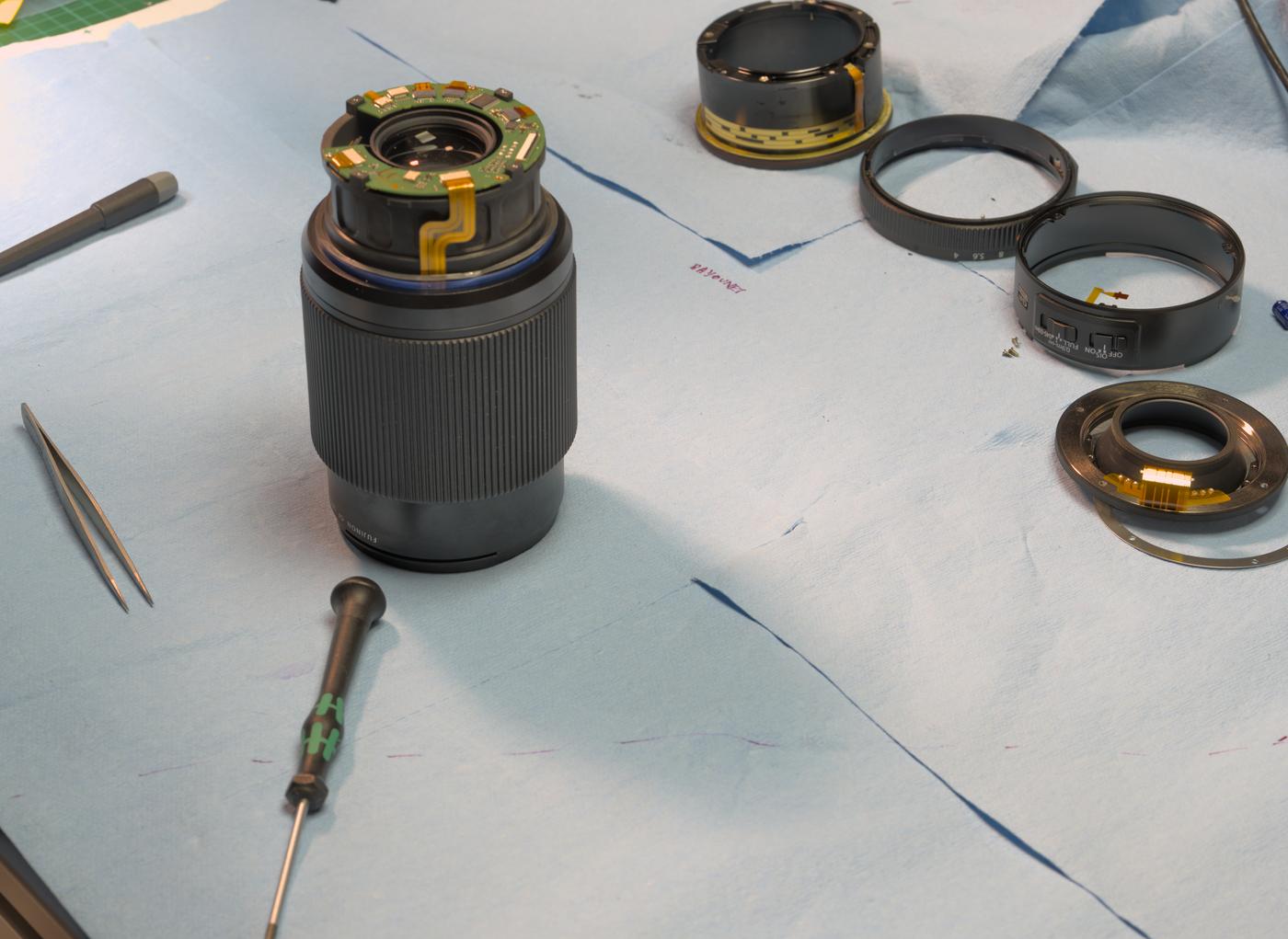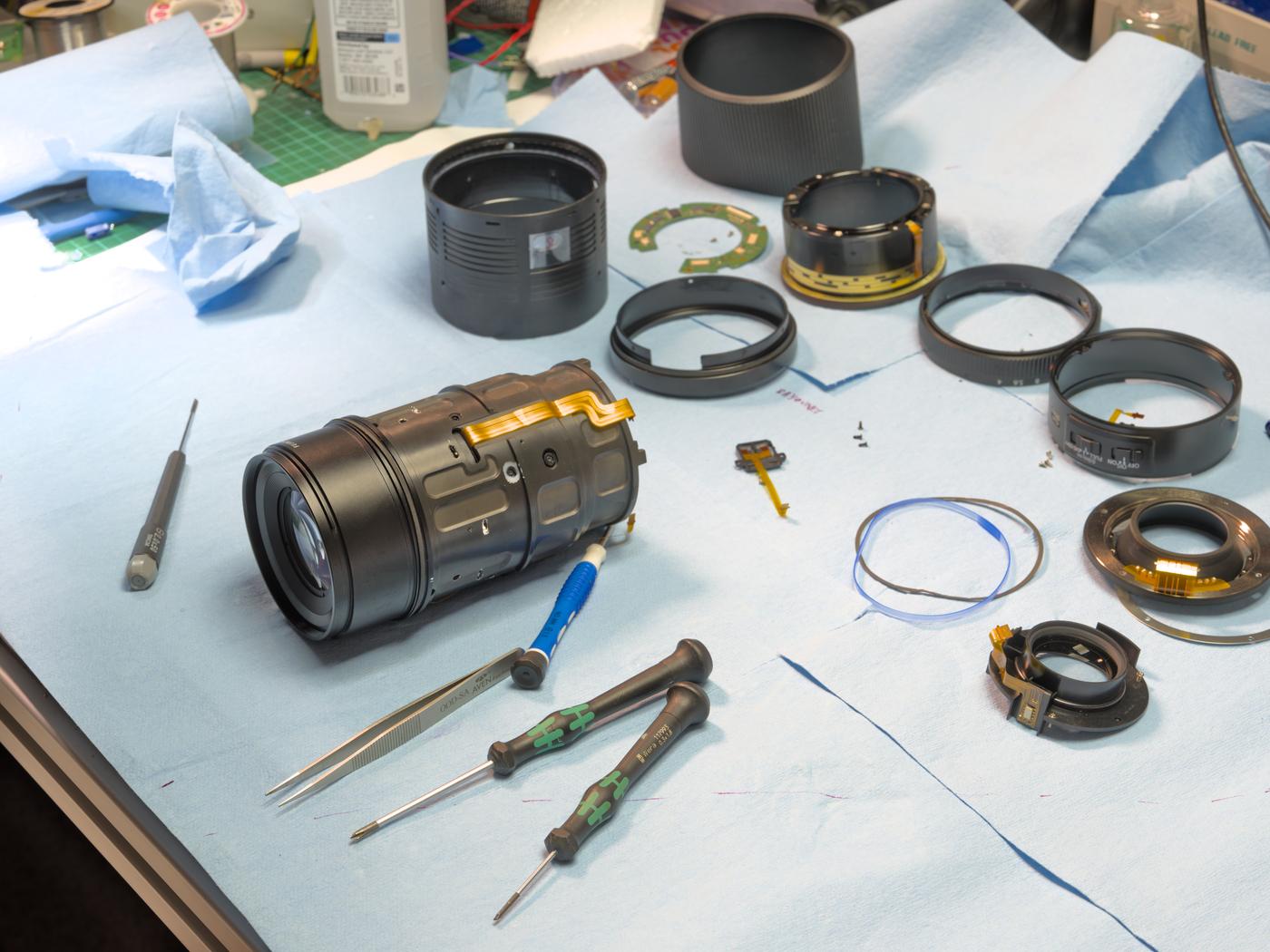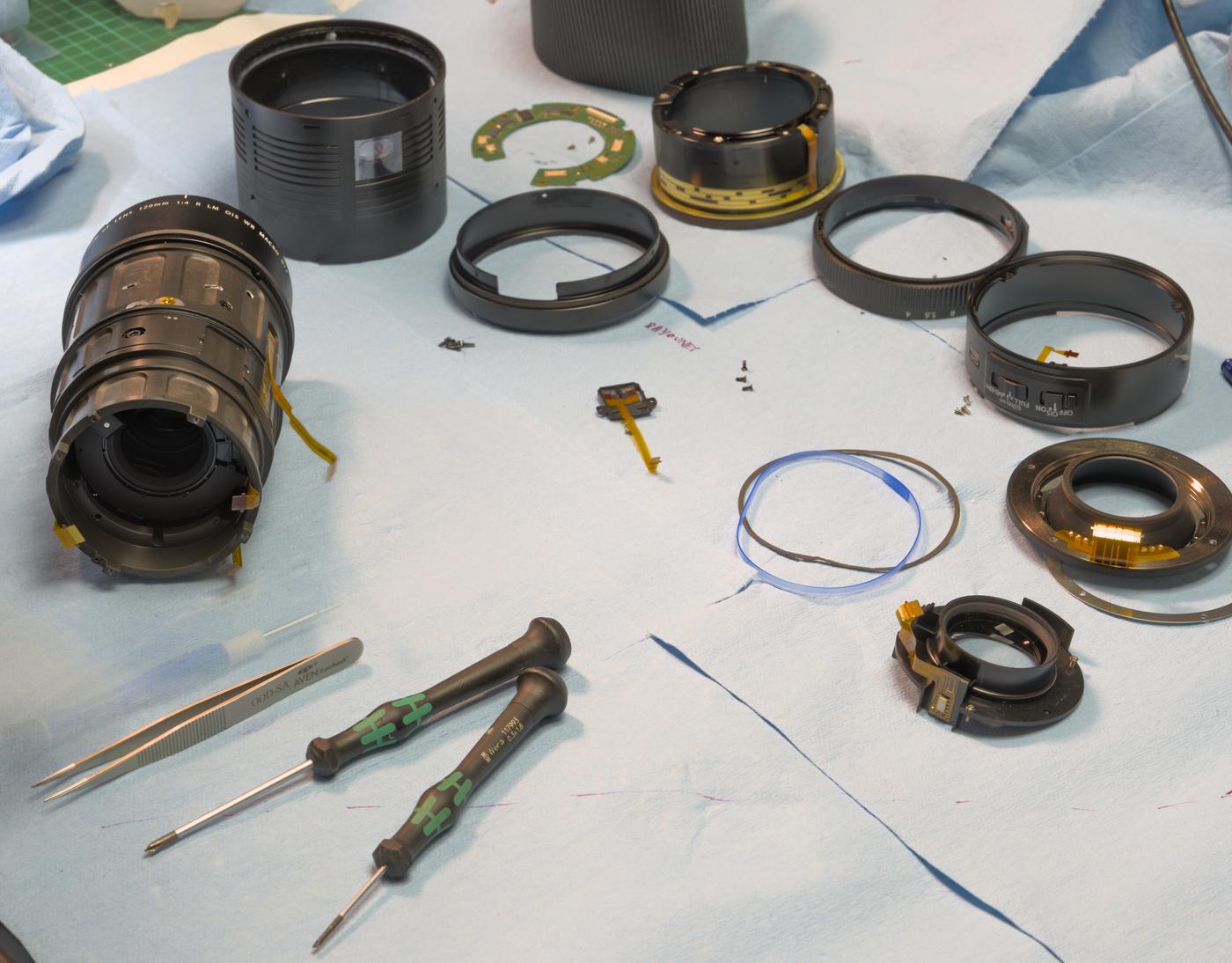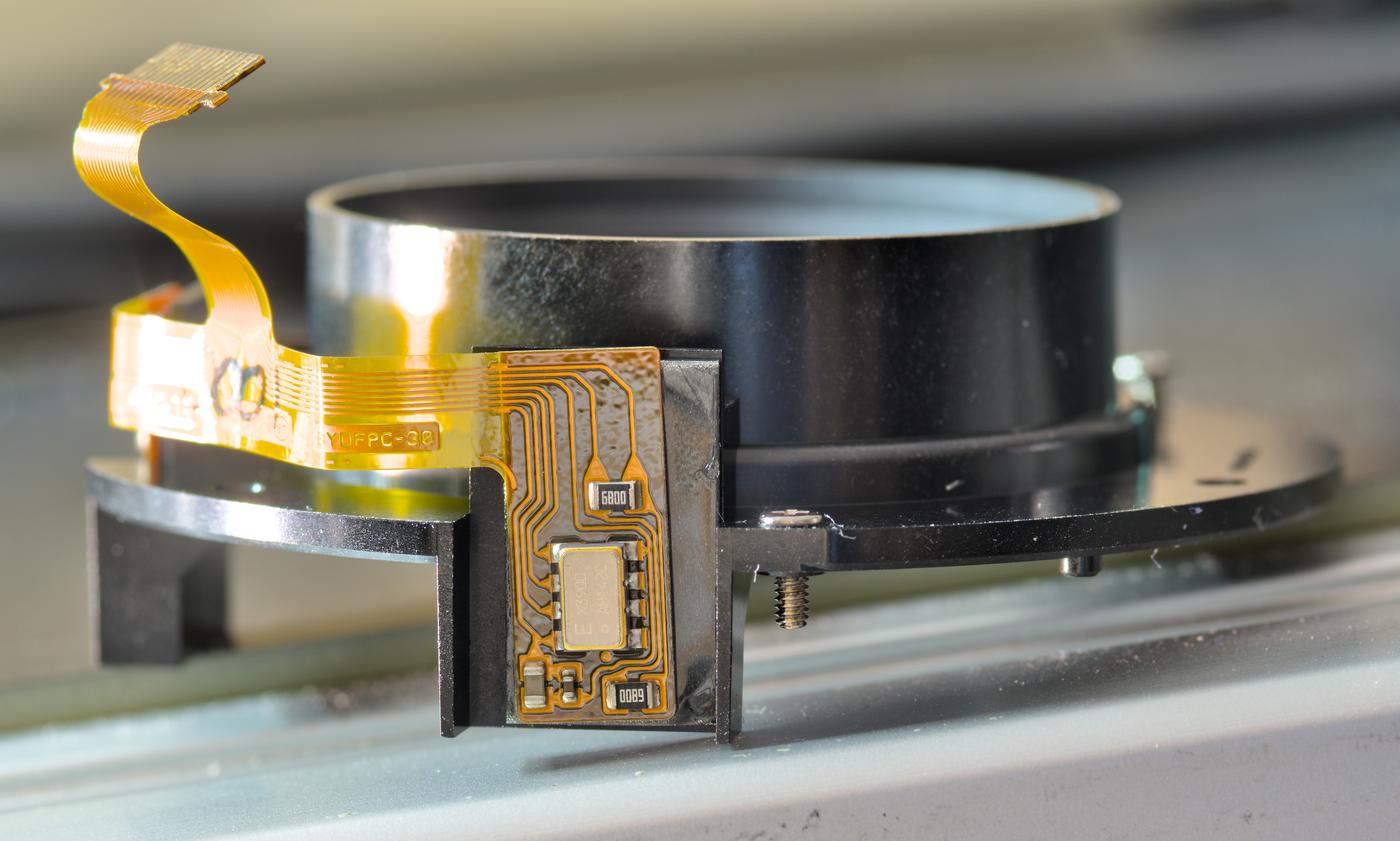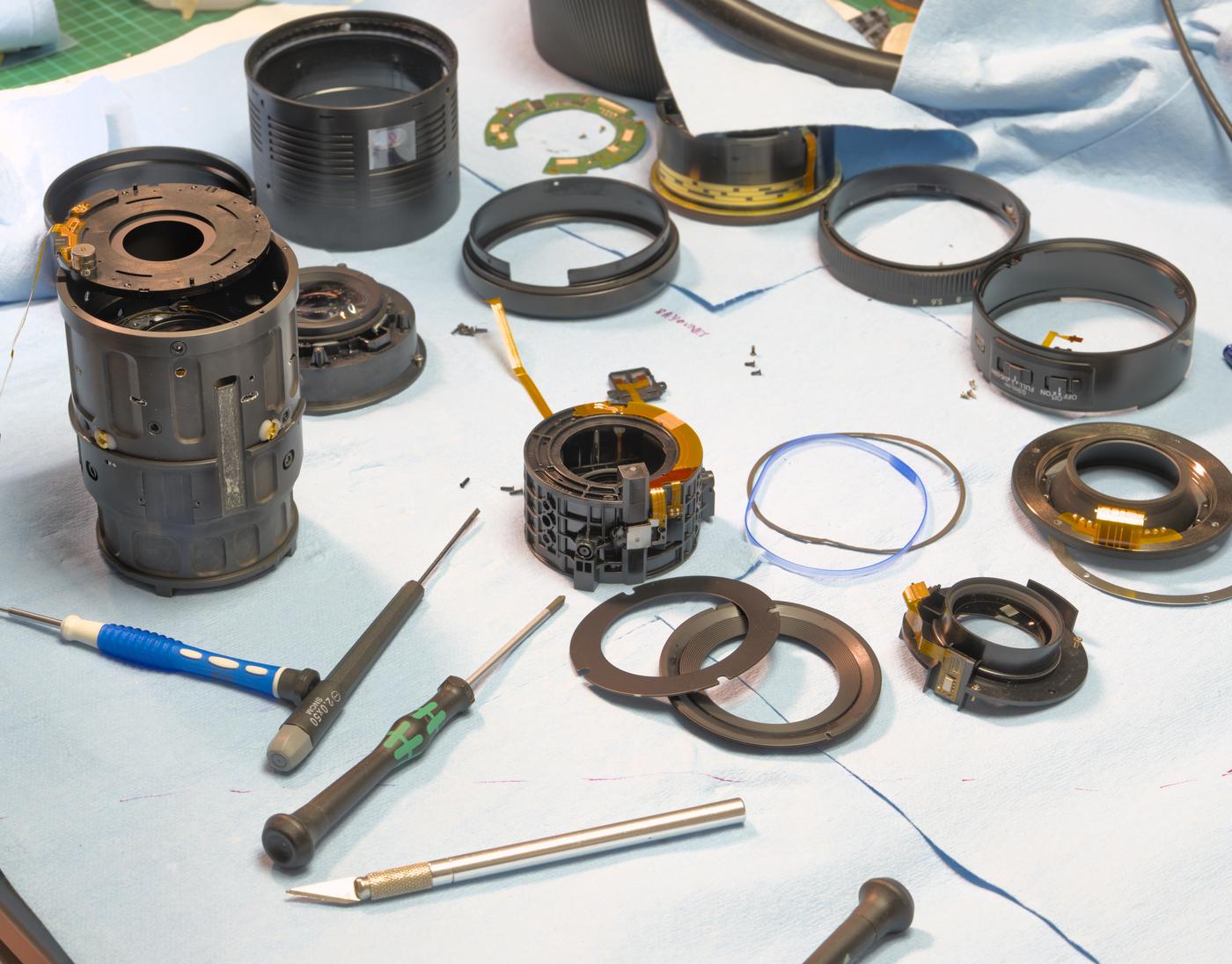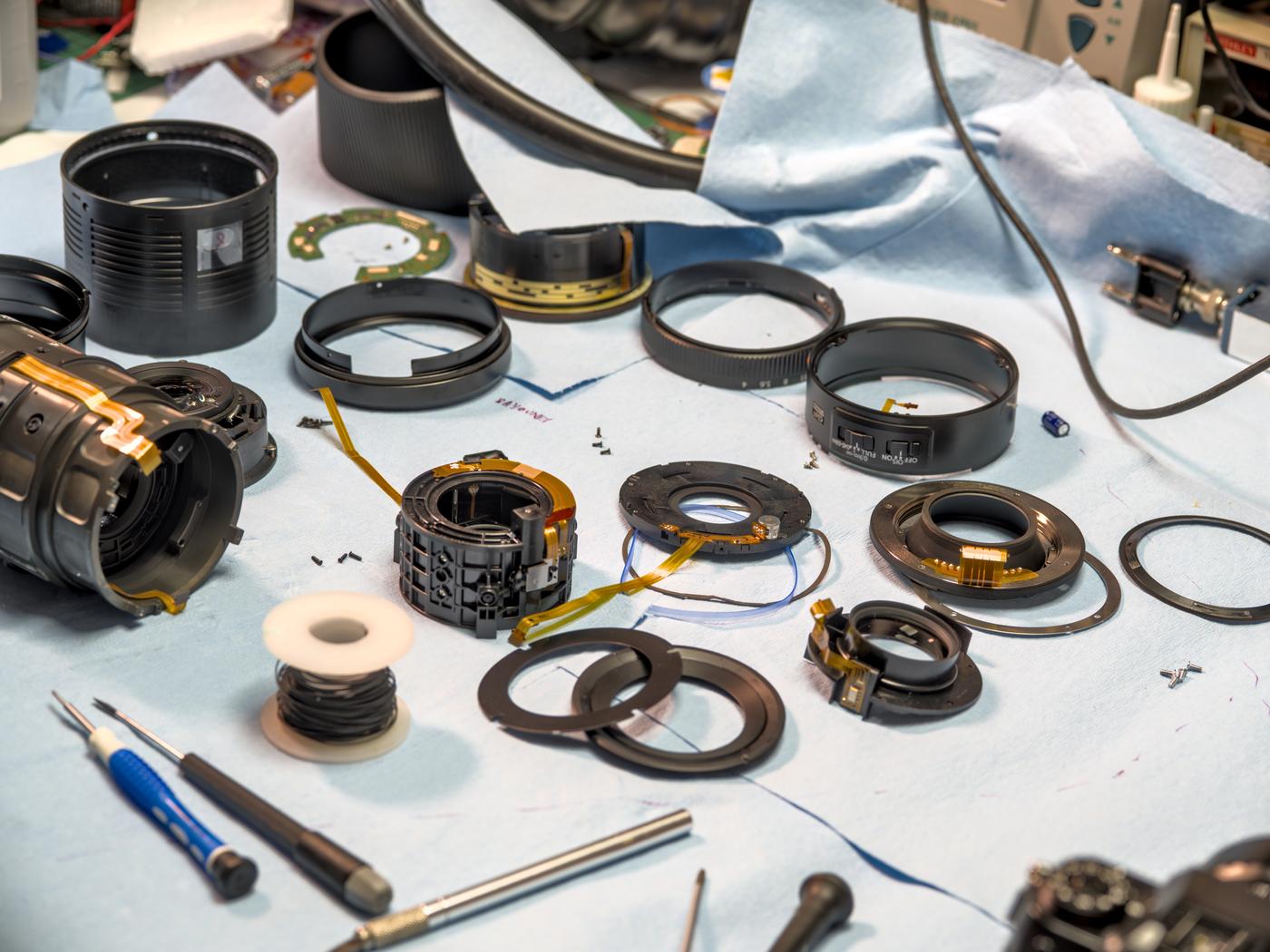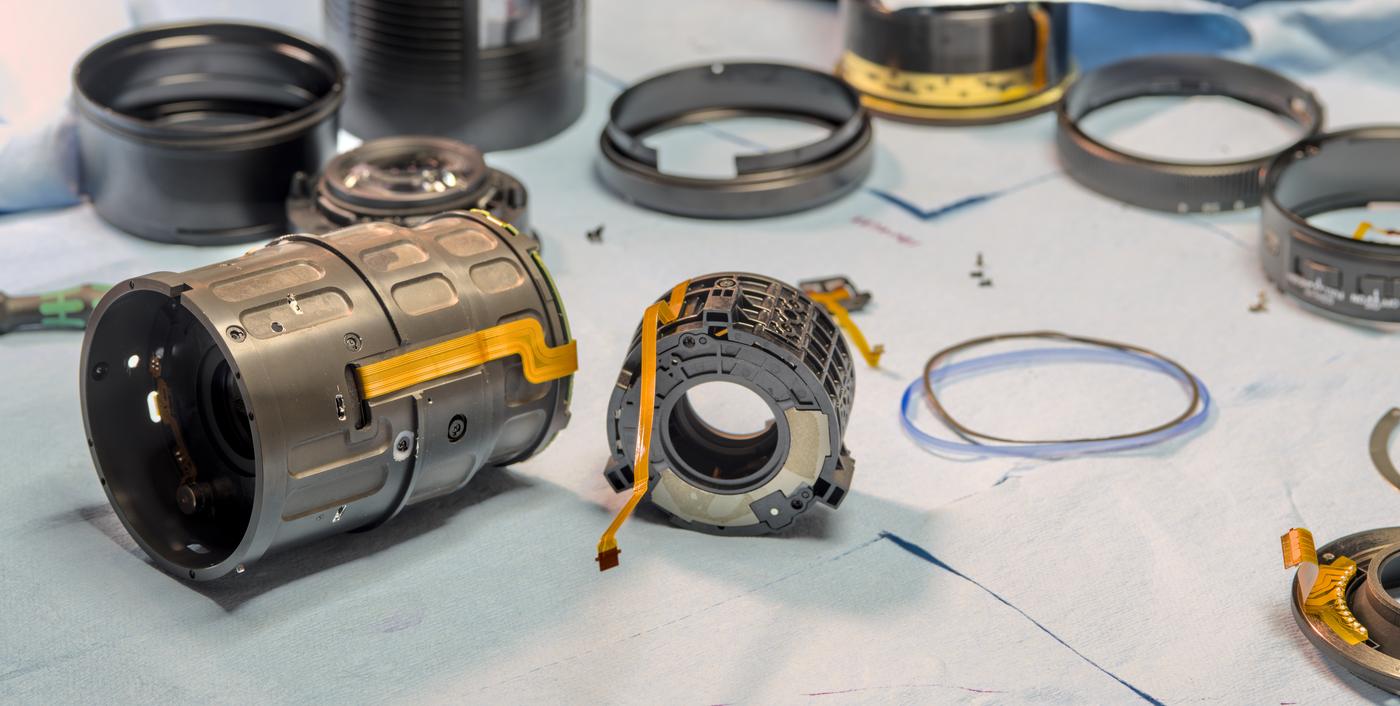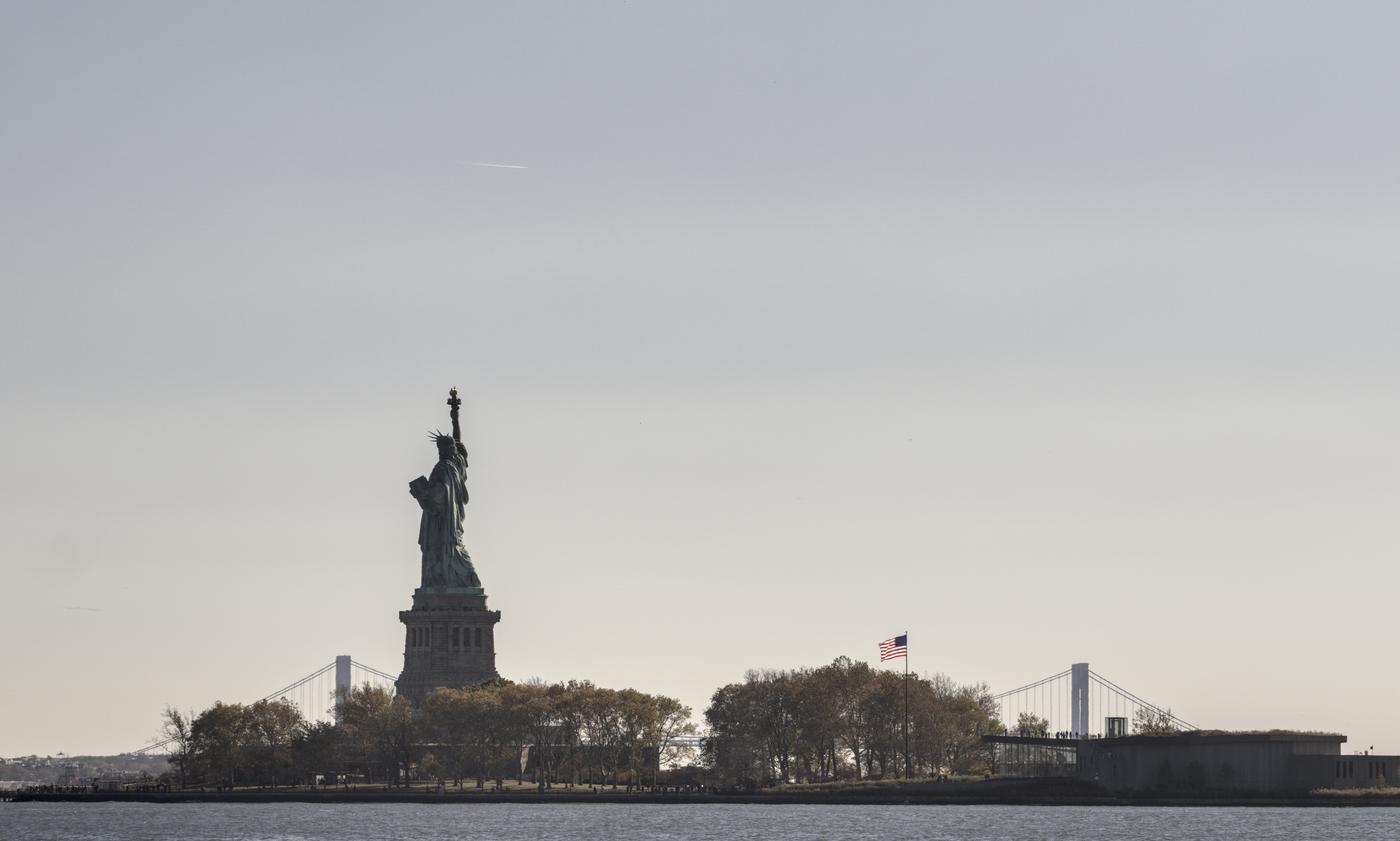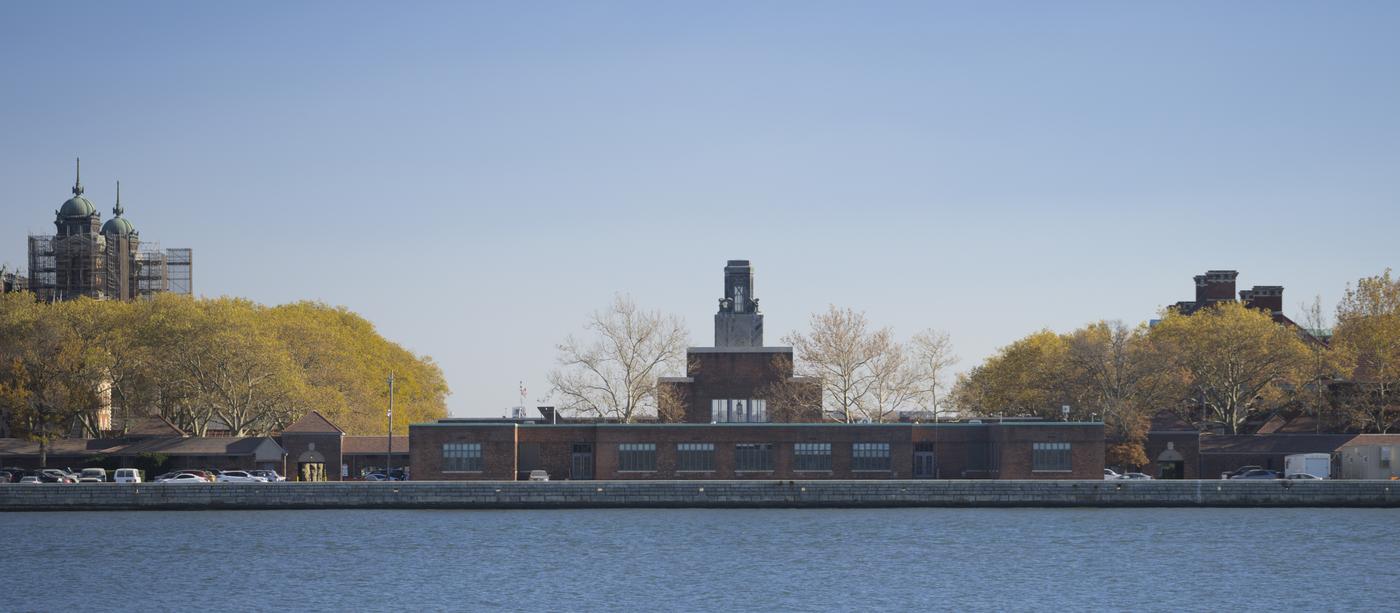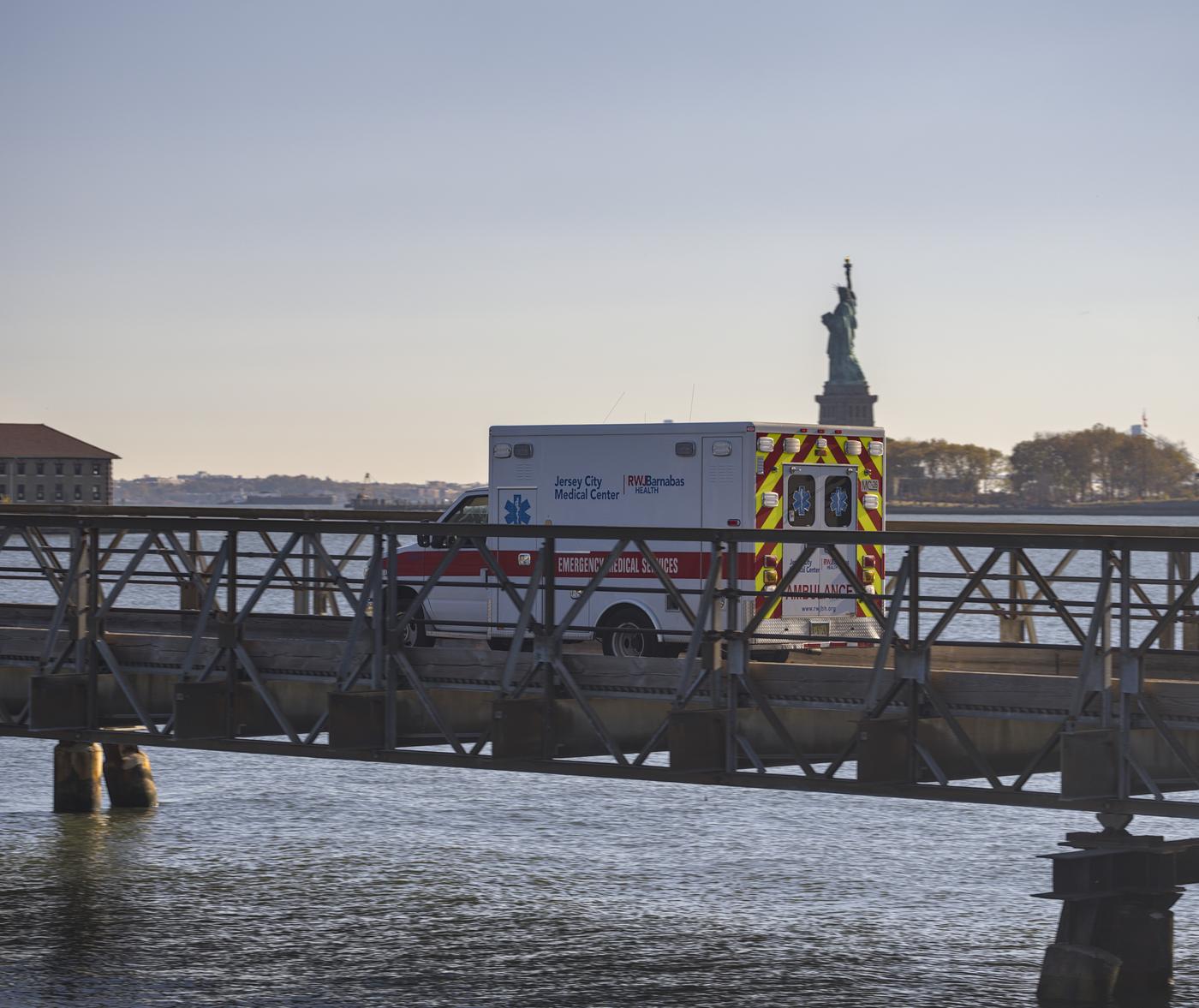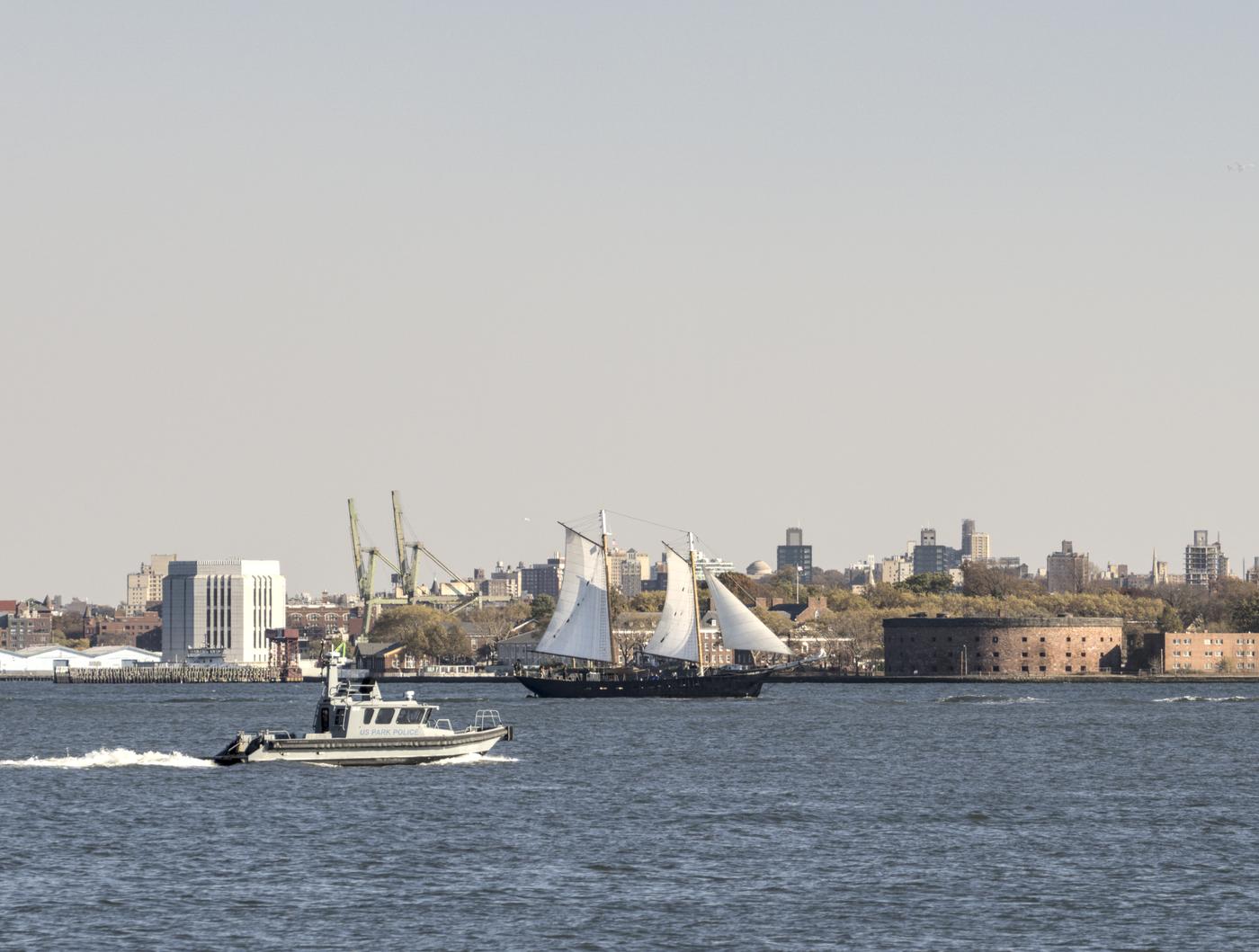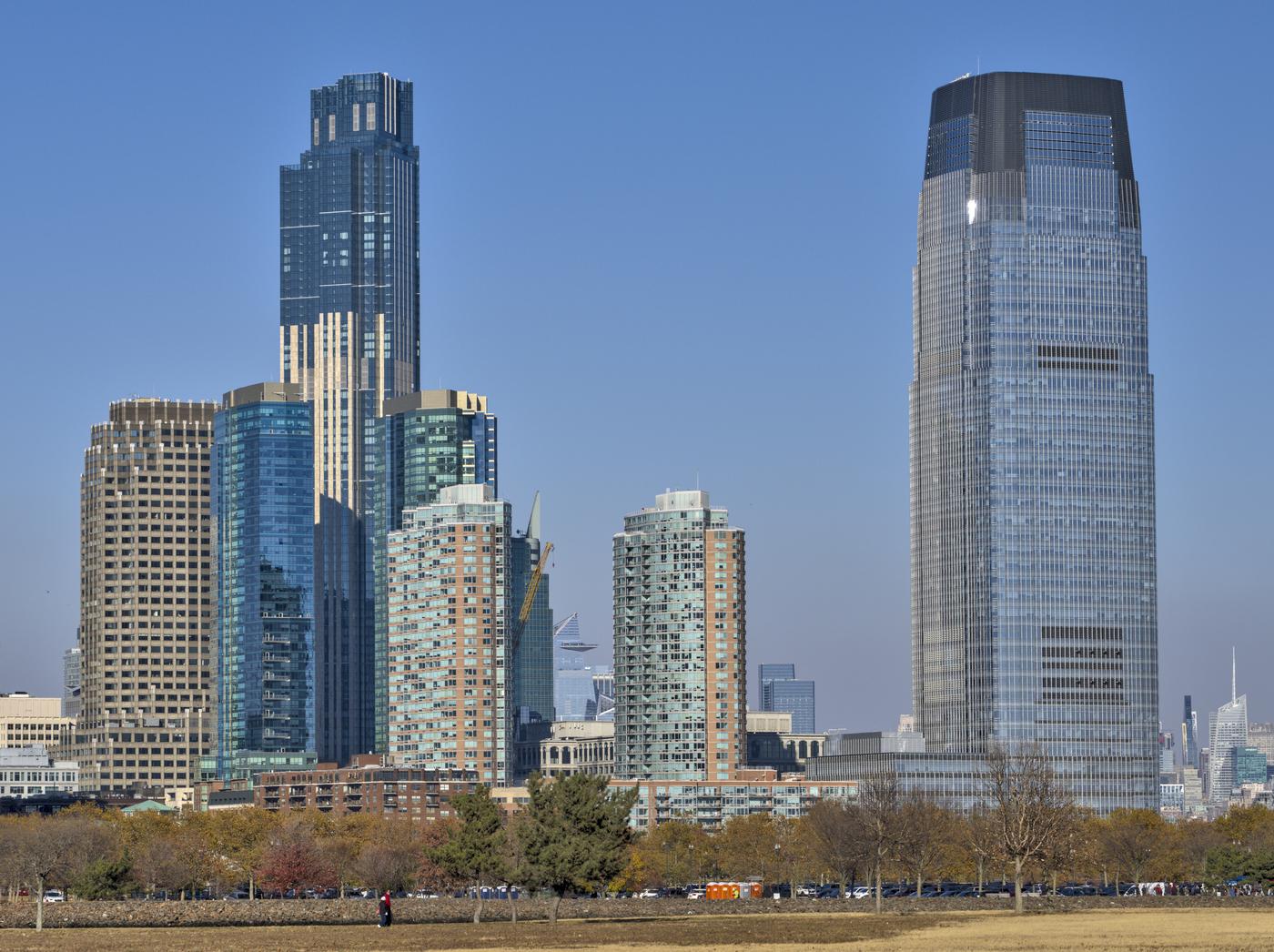This GF120mmF4 R LM OIS WR Macro lens is designed for Fujifilm medium format GFX series digital cameras.
It was launched in 2017 and designed specifically for macro purposes. This large f/4.0 lens has a fixed focal length of 120 mm (a 35mm equivalent of 95 mm). Lens is designed to cover 44×33 mm GFX sensor and accept 72mm filters. Currently this lens is available in stores for price around $2700 USD new (USA) or about $1500 USD used. The only other Macro lens for the Fujifilm’s GFX series is GF110mmF5.6 T/S tilt-shift which is even more expensive at $3500 USD. On Fujifilm website we can see get idea of internal design with moving central section for focusing.
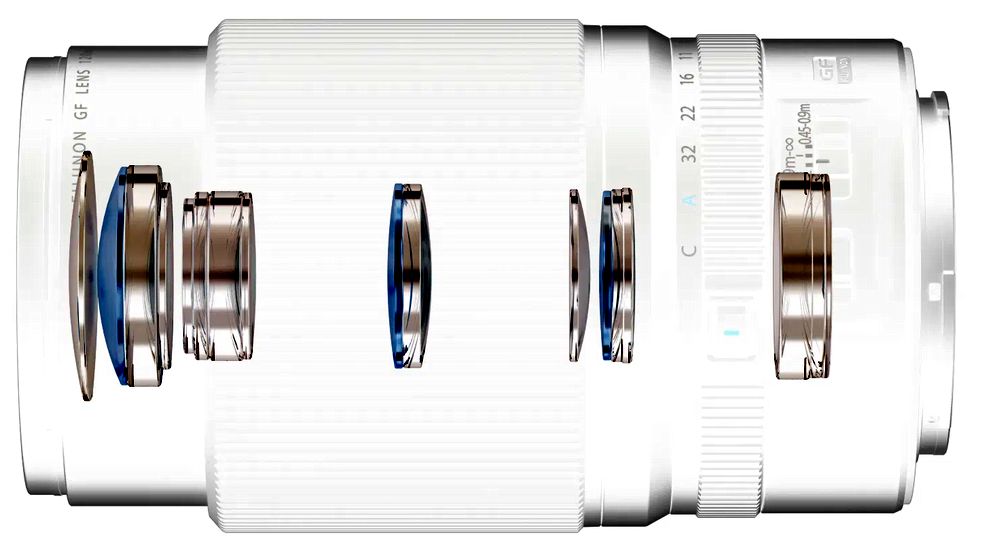
Image 1: GF120mm f4 MACRO Lens design
This lens does have internal OIS (optical stabilization) system and can offer aperture from F4 up to F32. Aperture is defined with 9-blade diaphragm assembly. There are 14 optical elements in 9 groups, including 3 ED lenses. Minimum focusing distance is 0.45 metre and focusing is done fully electronically with internal motor. There not one but two focusing blocks for very smooth quick and precise focusing. WR in lens name means it’s equipped with Weather Resistance seals, which help with reliability in the field. However neither lens nor GFX bodies have full IP67 water ingress protection, so be careful with Fuji GFX system in the inclement weather outings.
I’ve heard of Fujifilm before when I was shooting on Nikon D80 and DSLR were all the rage. Fujifilm back in 2006 had special version of D200 camera body with their own 6.17 MP CCD sensor and electronics, called Finepix S5 Pro. S5 Pro was famous for it’s unique color rendition, compared to more common D200. There was even more special FinePix IS Pro version full spectrum with light sensitivity from 380 nm to 1000nm, capable capturing NIR and UV.
Disclaimer
Redistribution and use of this article, any part of it or any images or files referenced in it, in source and binary forms, with or without modification, are permitted provided that the following conditions are met:
- Redistributions of article must retain the above copyright notice, this list of conditions, link to this page (https://windychi.com/article/fgf120mm/) and the following disclaimer.
- Redistributions of files in binary form must reproduce the above copyright notice, this list of conditions, link to this page (https://windychi.com/article/fgf120mm/), and the following disclaimer in the documentation and/or other materials provided with the distribution, for example Readme file.
All information posted here is hosted just for education purposes and provided AS IS. In no event shall the author, Windychi.com site or Fujifilm Holdings Corporation or any other 3rd party be liable for any special, direct, indirect, or consequential damages or any damages whatsoever resulting from loss of use, data or profits, whether in an action of contract, negligence or other tortuous action, arising out of or in connection with the use or performance of information published here.
Certain commercial equipment, instruments, or materials are identified in this article to foster better understanding. Such identification does not imply recommendation or endorsement by the author or/and Windydchi.com, nor does it imply that the materials or equipment identified are necessarily the best available for the purpose. Devices and components were not screened or conditioned prior to use in the electronic assembly, unless explicitly stated otherwise.
Issue with the lens
For testing I’ve used GFX 100S and 50S II bodies. Once lens is attached test camera reports the lens fault with message “TURN OFF THE CAMERA AND TURN ON AGAIN” and would not let user do anything, locking out all the controls. Both GFX 50S II and GFX 100S were reporting same problem with this lens. When camera with lens attached turned on quite loud mechanical bzzzzt noise can be heard, like some motor was struggling trying to move some gear.
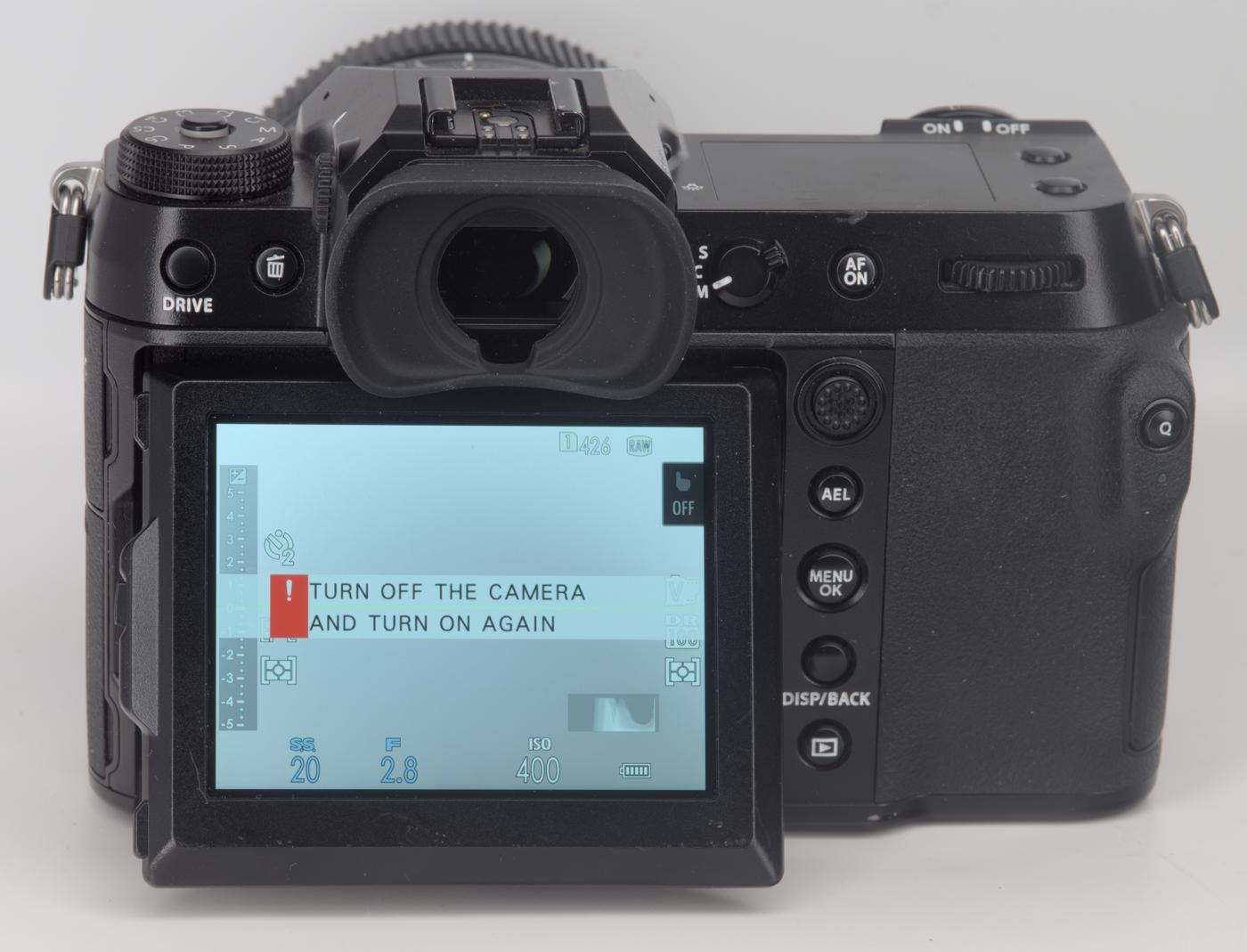
Image 2: Unhappy camera reporting lens error
Turning focus or aperture rings did not do anything. Focus ring was turning smoothly but like all other GF lenses it’s not mechanically coupled to inner focusing blocks movements. Optics internally looking nice and clean. Unpowered lens has free moving focusing blocks internally, which slide back and forth with dampened thumping sound hitting the limiters. I believe that’s normal thing for this lens as another 120mm Macro at the nearest photostore was doing the same (but no loud bzzzzt when powered up).
Teardown
With such condition, lens was unusable since it could not be focused or controlled from the camera. I was also interested to see how it is built internally and if it’s something simple internally like a damaged coupling or broken part. Lens was written off already and there are no expectations to make it working again. We can call it a sacrifice for science and gaining knowledge about modern GF lens internal design.
It’s time to teardown and see if we can find anything obviously broken inside. Modern lenses are complicated products with precision machining, clean and carefully aligned optical elements. They usually implement a lot of fragile thin flexible circuit boards and sensitive tiny electronic parts. Every component inside is custom made and is not available to buy as a spare part.
I am not a camera or lens repair expert, and I have no prior experience with repairing Fuji GF lenses.
If you need your camera or lens properly repaired and serviced, it’s essential to contact the manufacturer’s service center.
Do NOT attempt this at home if you’re expecting professional results and want to keep your equipment under warranty.
First we remove the G mount disk with electrical contact for the body. This is done by removing four large-ish chromed Philips screws. Carefully lift the disk to gain access to flexible circuit inteface cable to the electronic PCBA. Using fine tweezers unlock the latch up holding the cable and release the FPC gently pulling it out by tabs. Now we can see the electronic PCBA and some cabling inside:
Remove four screws and lift the outer barrel with “120” marking and “GF FUJINON” logo. This also releases the rear element lens group block, which can be just lifted up and placed aside. Once that is done we can detach four FPC cables from PCBA and remove it as well.
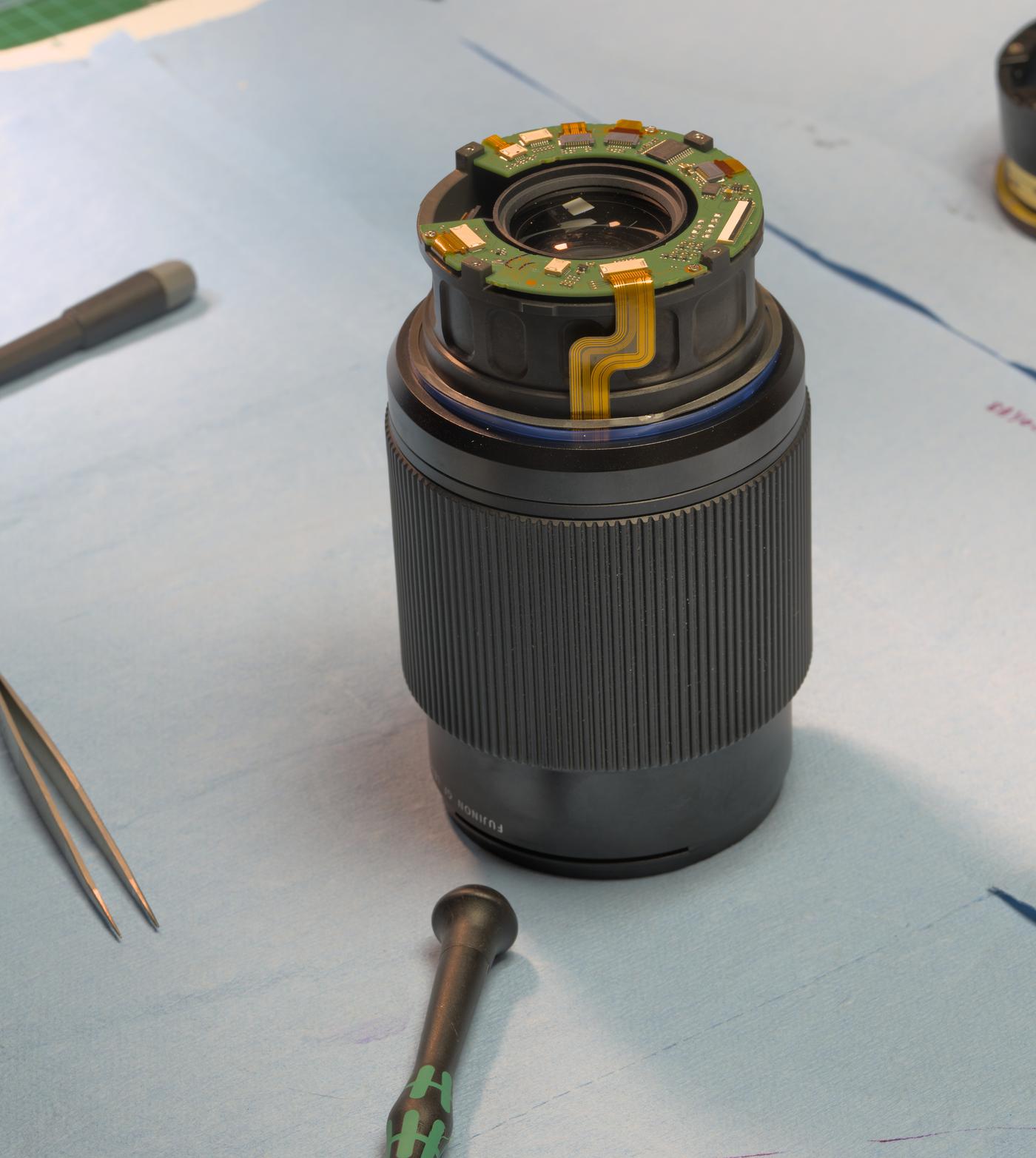
Image 6: Rear mount removed, focus on flex
Digging some more and removing screws let us to detach rear barrels, aperture electronic ring and focusing ring unit.
Be careful not to rip off any flex-PCB cables coming from the inner optical blocks and focus ring sensor.
Main lens unit body is solid metal tube with lot of cutouts and access holes around. Some of the cutouts and slots are scratched up quite badly, perhaps somebody else was inside of this lens already before me.
One of the lens blocks had interesting looking FPCB with two SEIKO EPSON XV-3900CB gyroscope sensors and few passive components. These sensors are used for lens OIS for picture stabilization and have bandwidth up to 200 Hz with rate range ±100 °/second.
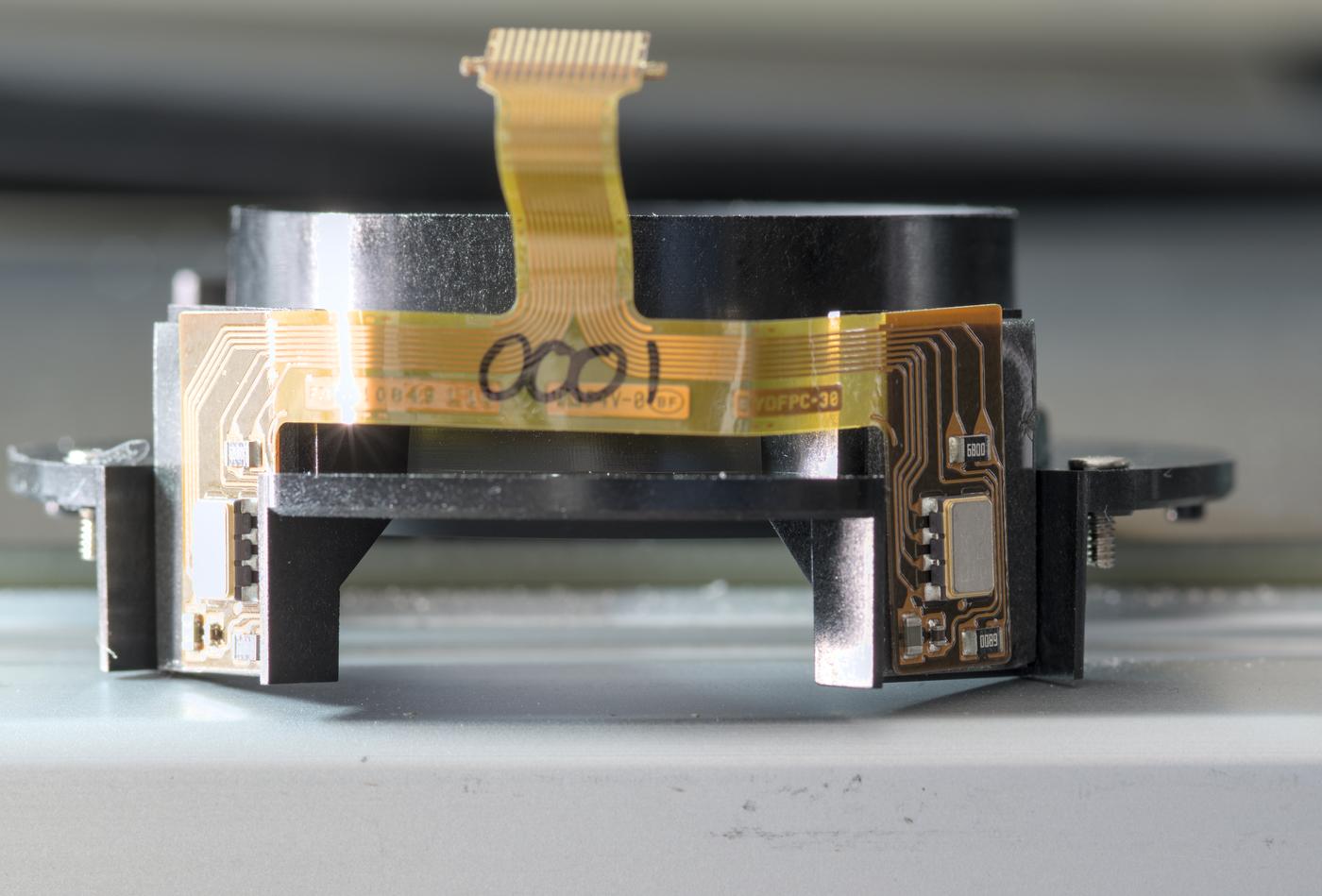
Image 10: Lens gyroscope sensors
Two of the sensors are mounted on opposite axis to operate in both directions.
By removing the front element unit and optical block we can gain access to aperture unit. It can be removed by undoing 3 small screws from the barrel.
There are quite a bit of parts overall in this lens but disassembly is pretty straight-forward and not very complicated.
I did not take apart OIS block or rear focusing unit out of the lens barrel, but instead decided to connect gutted lens to the test GFX 50S II body.
To my great surprise, after reassembling everything, the lens was recognized by the camera, and there were no more error messages.
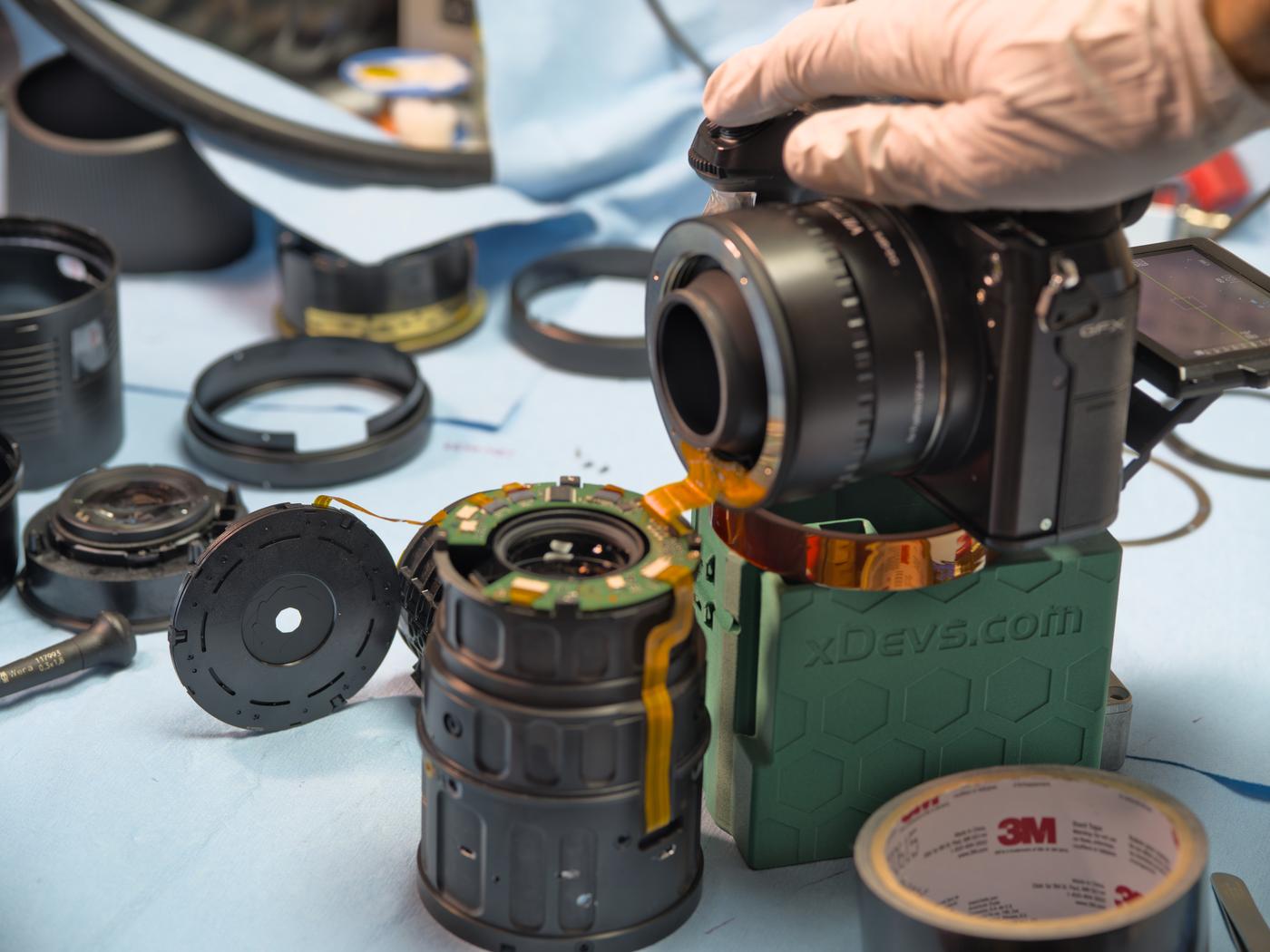
Image 15: Gutted lens with test camera body
The aperture was accurately detected and could be controlled both by the camera and the lens ring. Focusing blocks were also moving in the both forward and backward optical blocks. The next step will be to conduct some field tests with lens fully reassembled.
I also got 3rd-party Viltrox 45 mm extension tube to obtain ability to shoot with 1:1 magnification. Without 45 mm extension GF120mm is not really true macro, providing magnification at only 1:2 ratio.
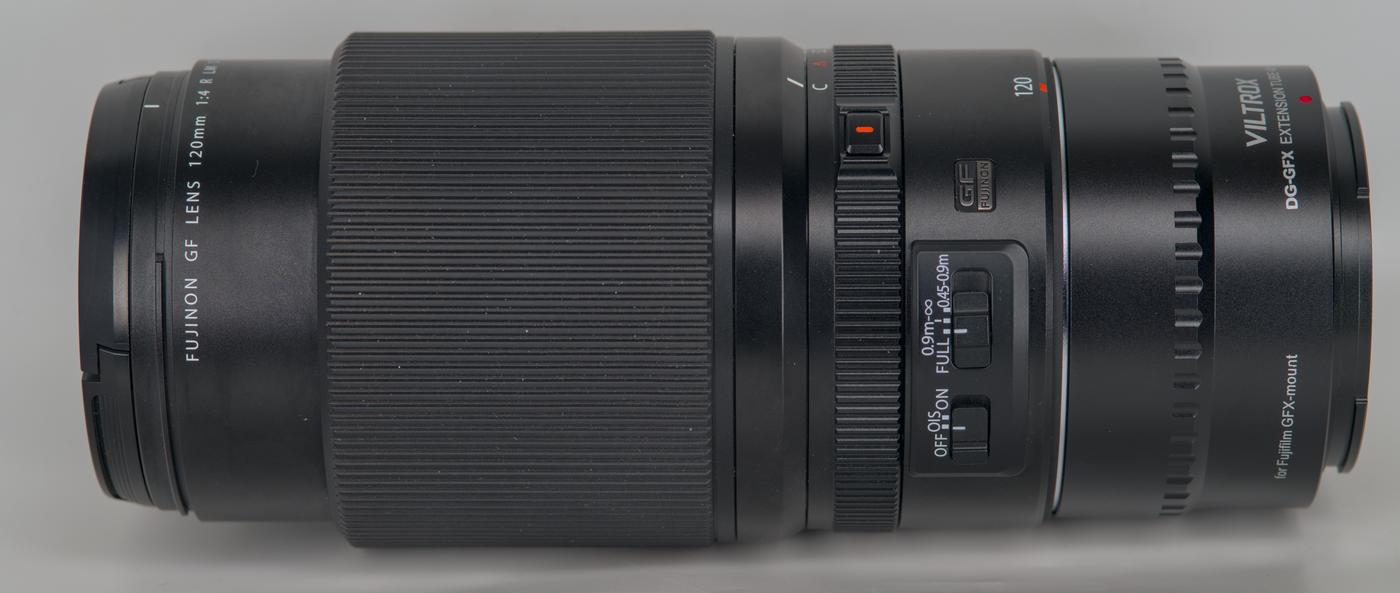
Image 16: Lens reassembled with extender attached
Photographic tests
These tests were conducted on a lens that had been patched up, as discussed in this article. Therefore, the results are likely not representative of the actual performance of a good and properly functioning Fujinon GF 120mm f4 MACRO lens.
All images were captured with 100S body mounted on a tripod with timer release. RAW files were processed in darktable without lens corrections. Be sure to click on the images to see full 100 MP resolution image.
Here I’ve used old 1983 HP3458A A1 prototype board as a test subject.
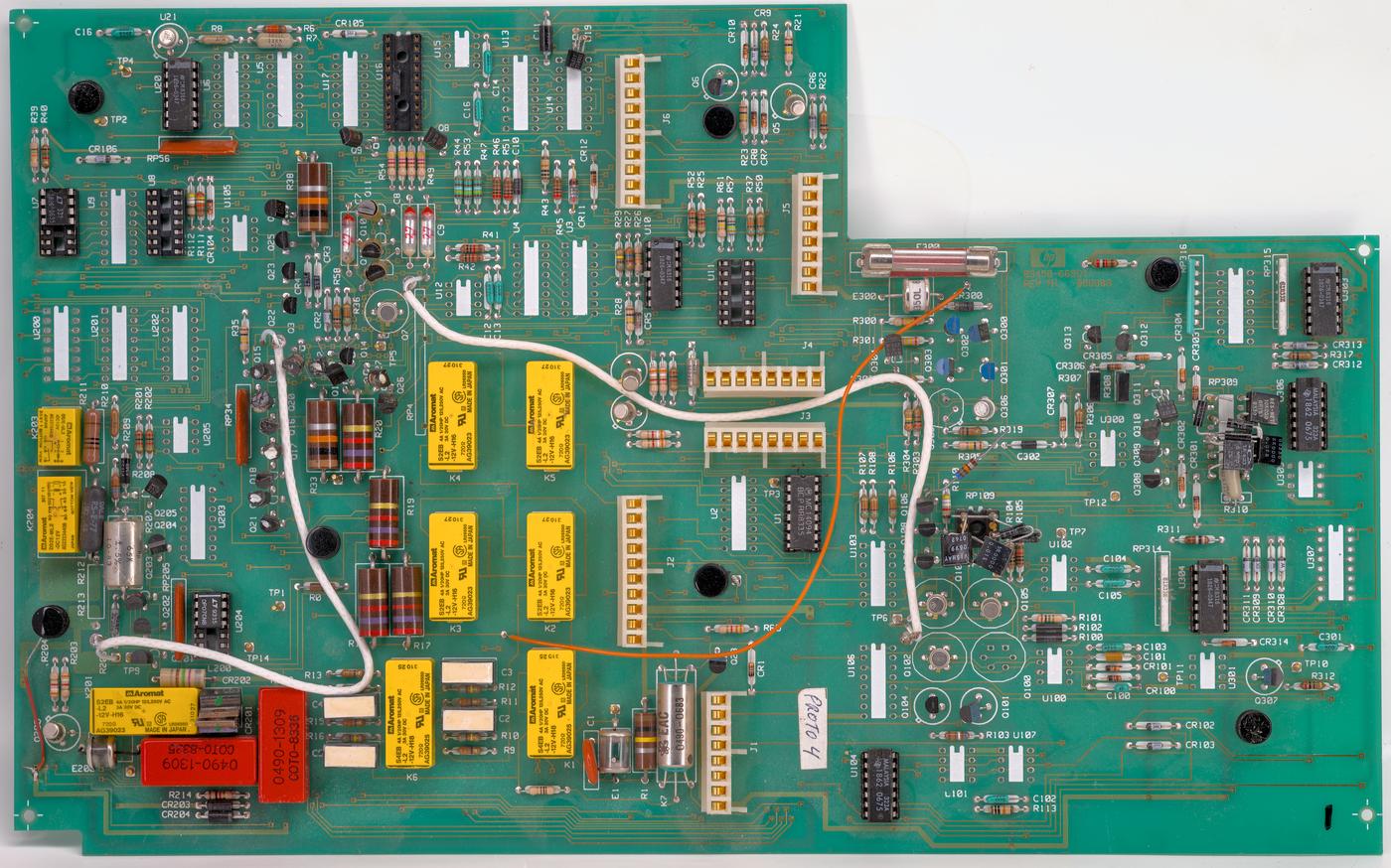
Image 17: Photograph captured with Fujifilm GF120mm f4 Macro lens
Full 10440 × 6518 pixels (68 MP) image is available on click.
Now the same object and very similar settings capture with a very old 1990’s adapted Micro-Nikkor AF-S 105 mm f/2.8 lens at f/16-ish.
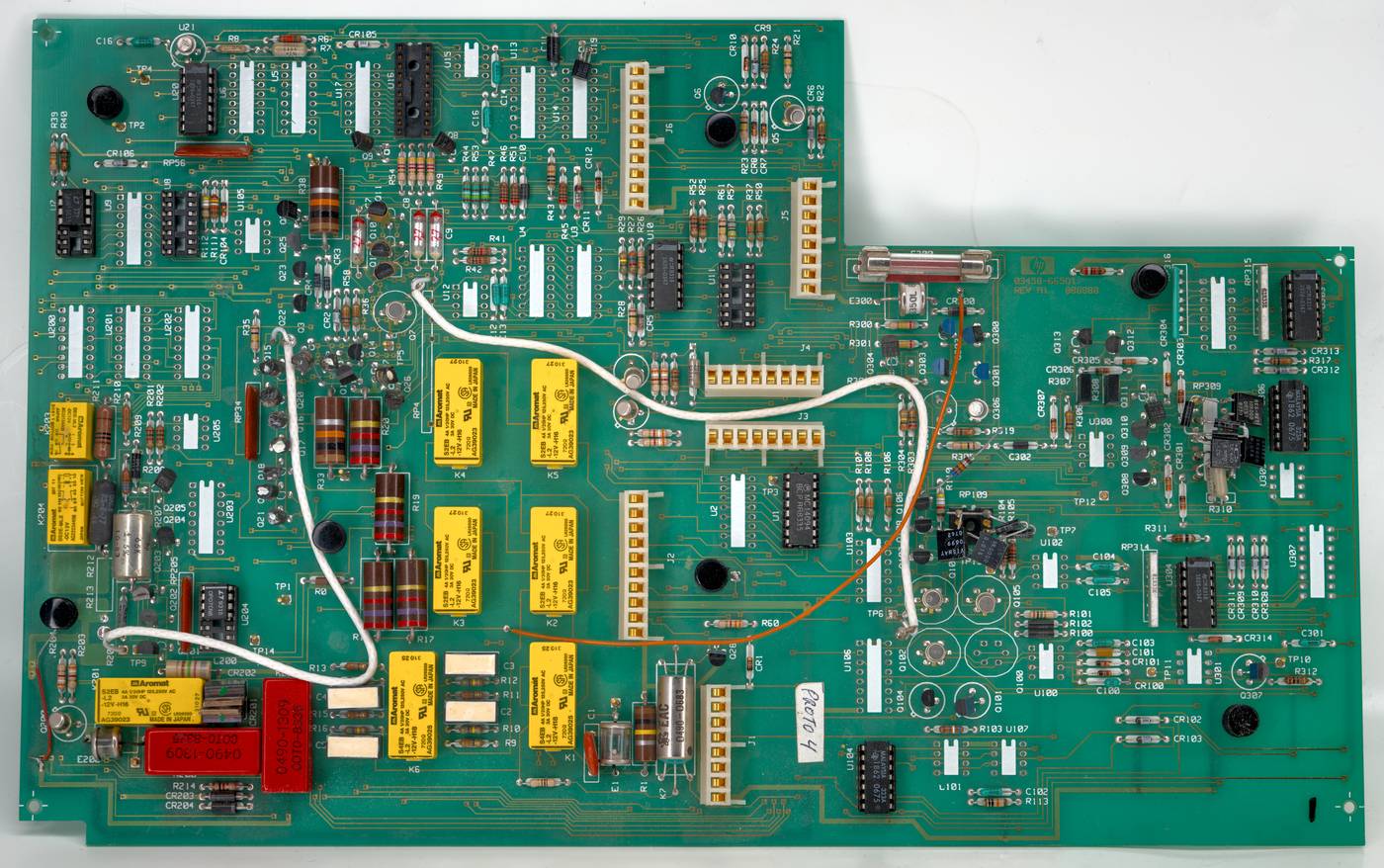
Image 18: Photograph captured with Micro-Nikkor AF 105mm f/2.8D lens on Nikon-GFX adapter
Full 10266 × 6440 pixels (66 MP) image is available on click. Both adapted Micro-Nikkor AF-S 105 mm and Fujifilm GF120mm Macro lenses show very similar sharpness performance, with Fuji being just a tiny bit sharper?
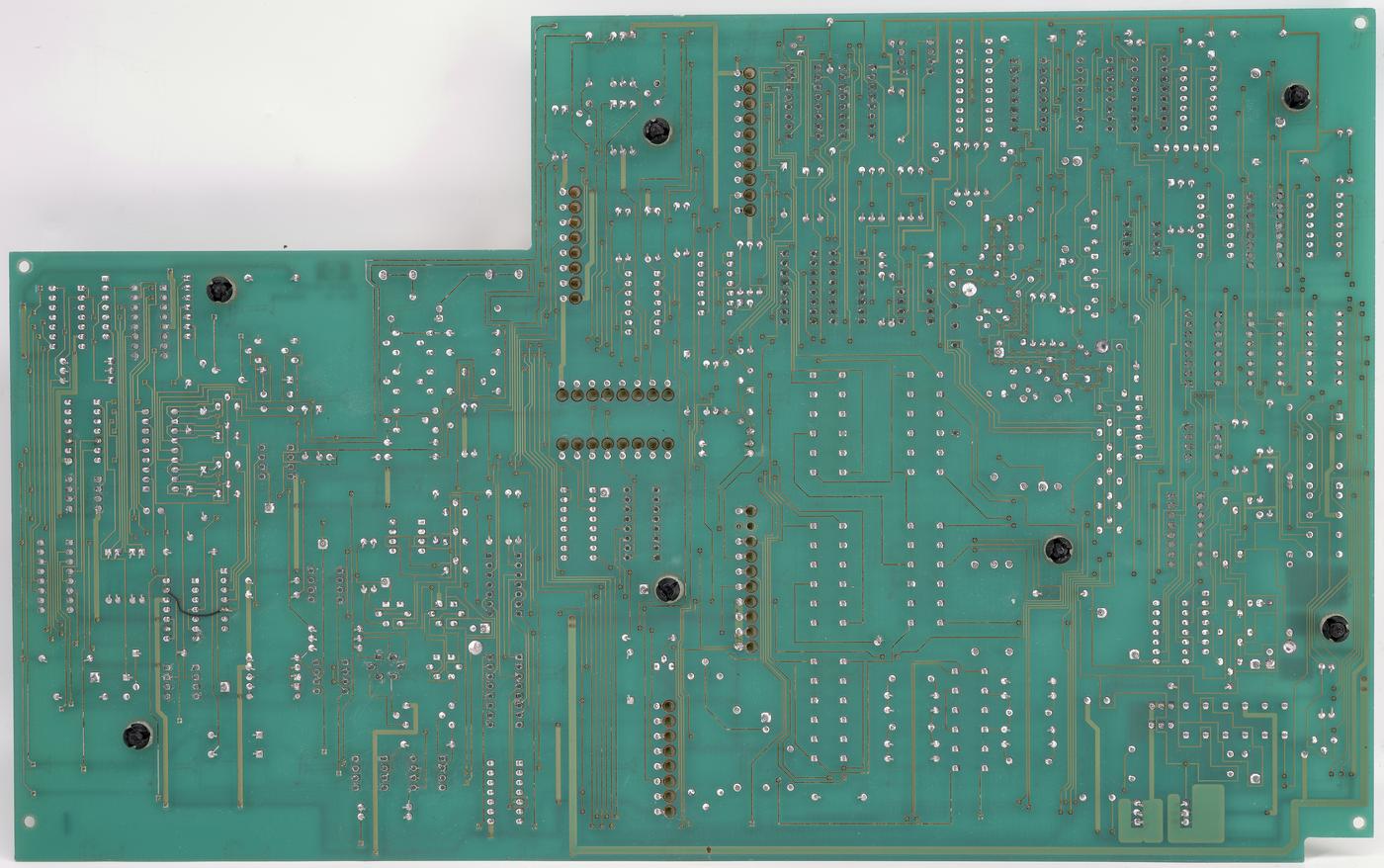
Image 19: Photograph captured with Fujifilm GF120mm f4 Macro lens, using f/11 and 4 second exposure
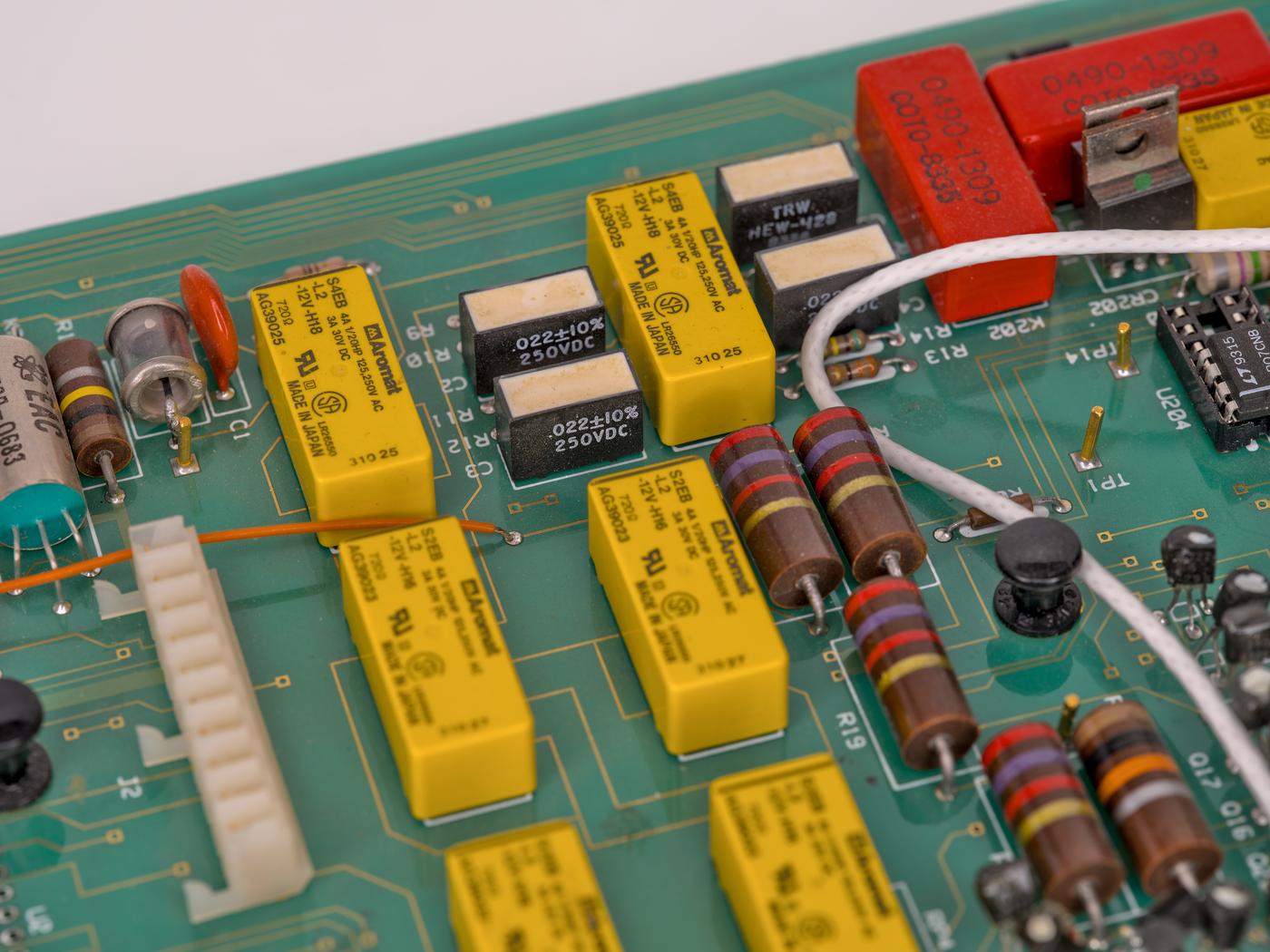
Image 20: Photograph captured with Fujifilm GF120mm f4 Macro lens, using f/11 and 4 second exposure
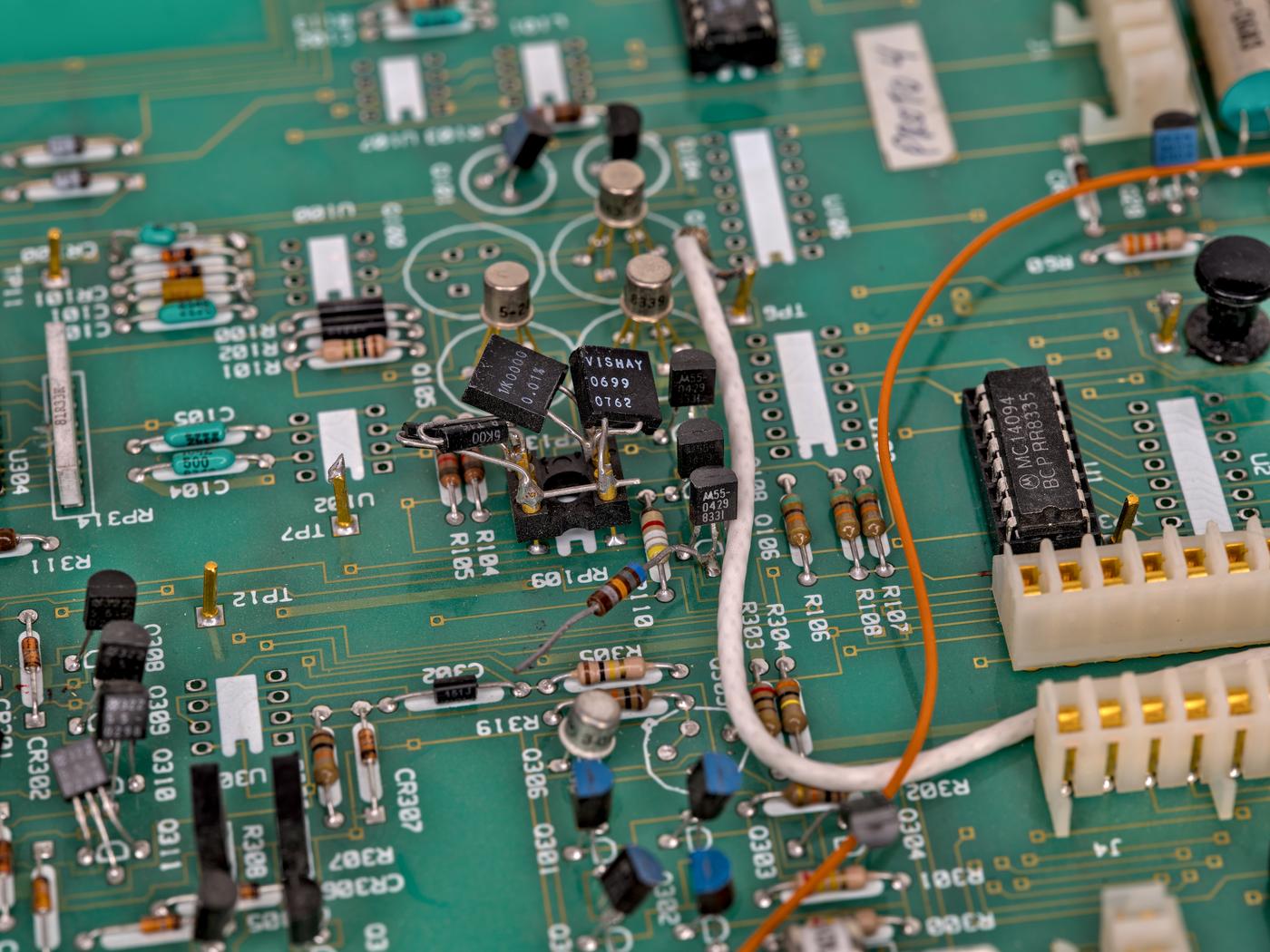
Image 21: Photograph captured with Fujifilm GF120mm f4 Macro lens, using f/11 and 4 second exposure
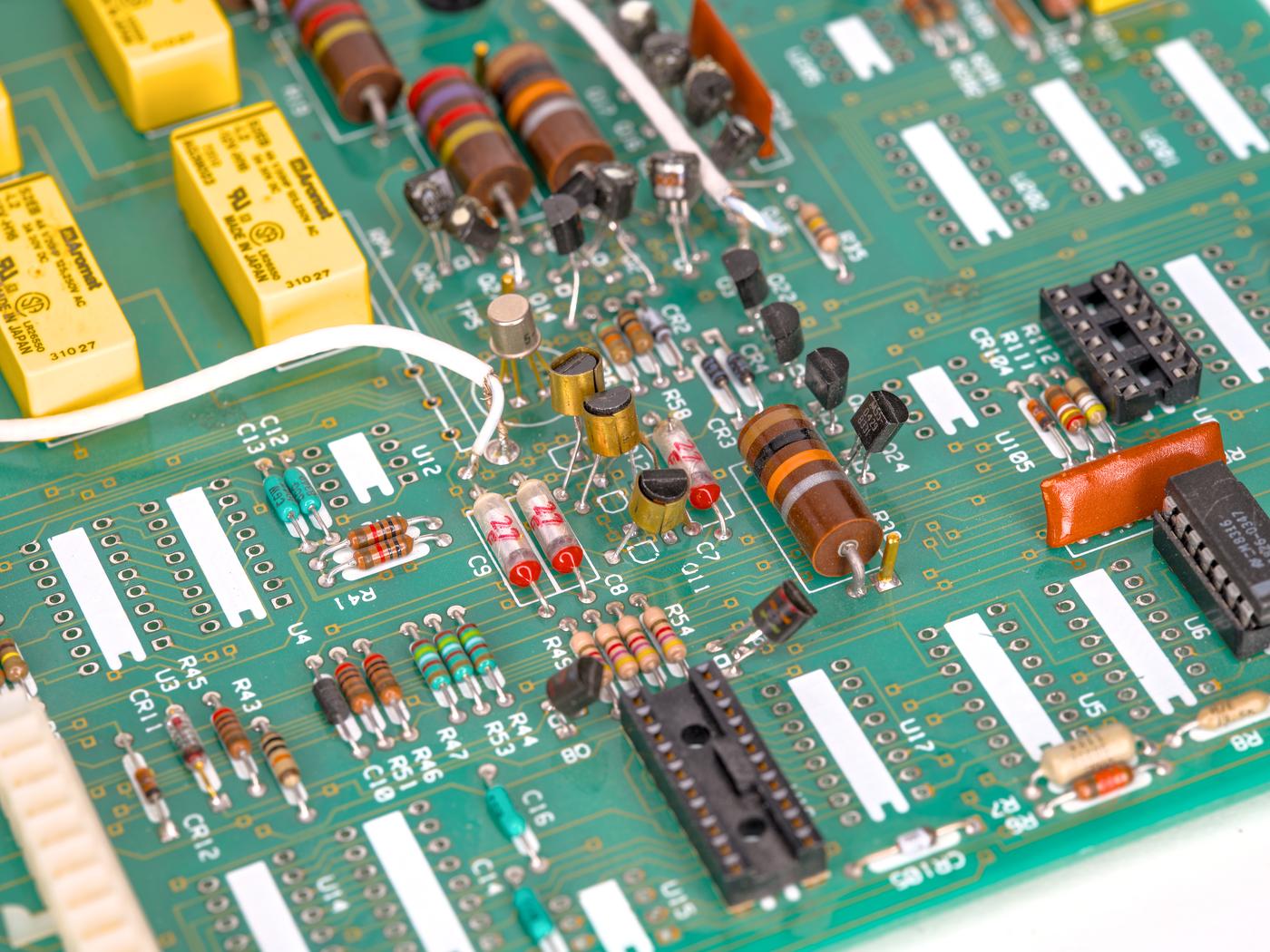
Image 22: Photograph captured with Fujifilm GF120mm f4 Macro lens, using f/11 and 4 second exposure
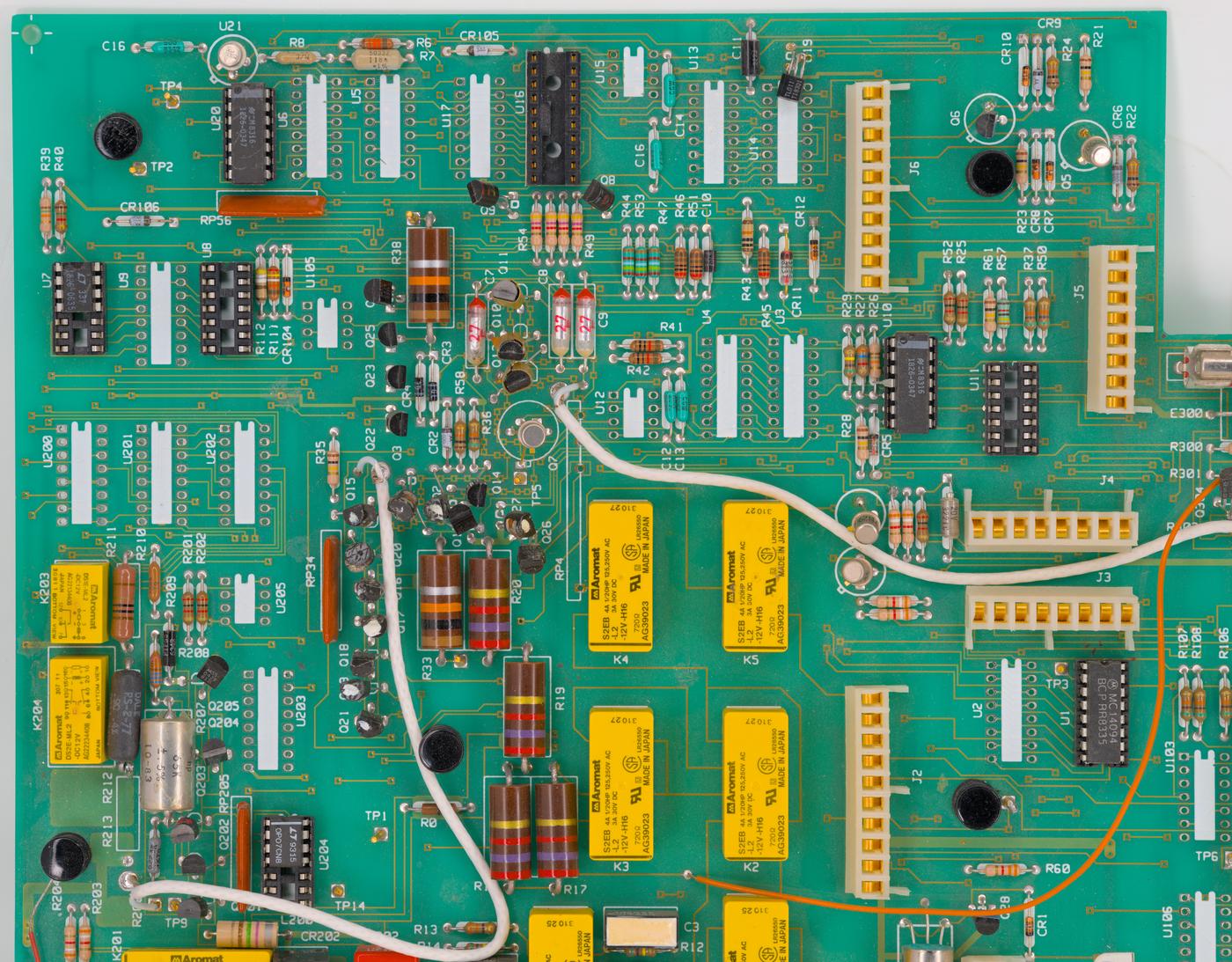
Image 23: Photograph captured with Fujifilm GF120mm f4 Macro lens, using f/9 and 1.5 second exposure
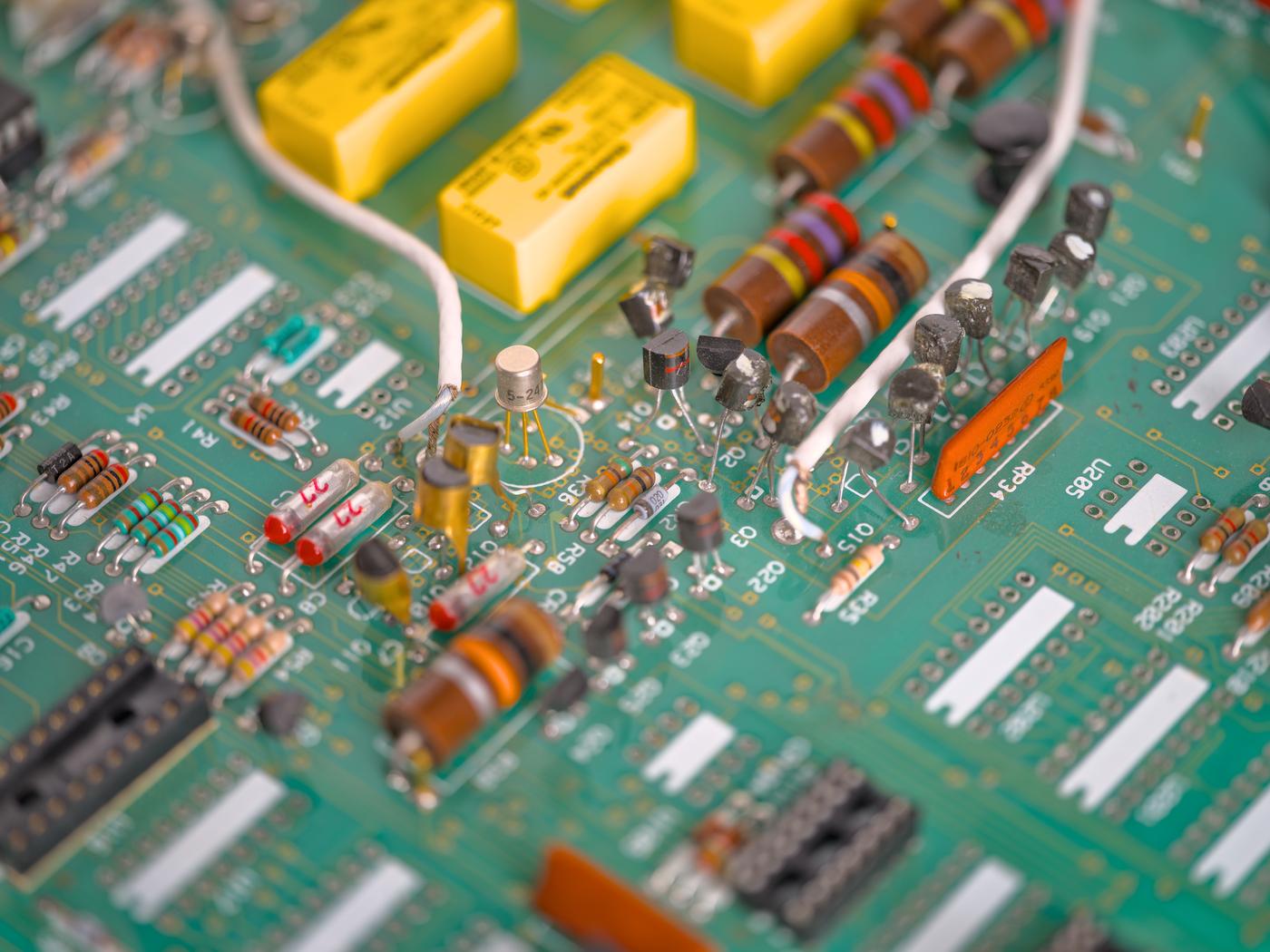
Image 24: Photograph captured with Fujifilm GF120mm f4 Macro lens, using f/4 and 1 second exposure
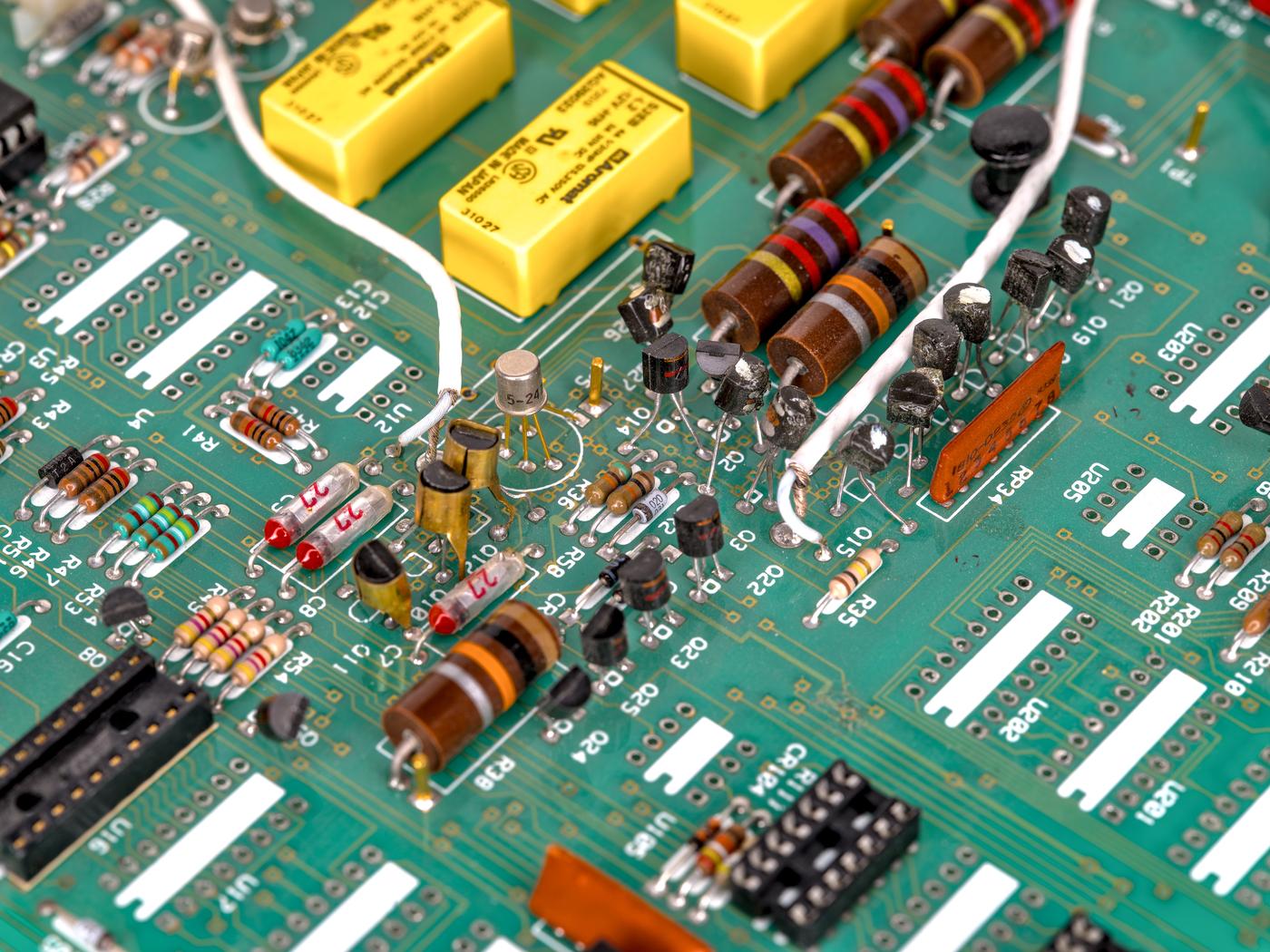
Image 25: Photograph captured with Fujifilm GF120mm f4 Macro lens, using f/11 and 4 second exposure
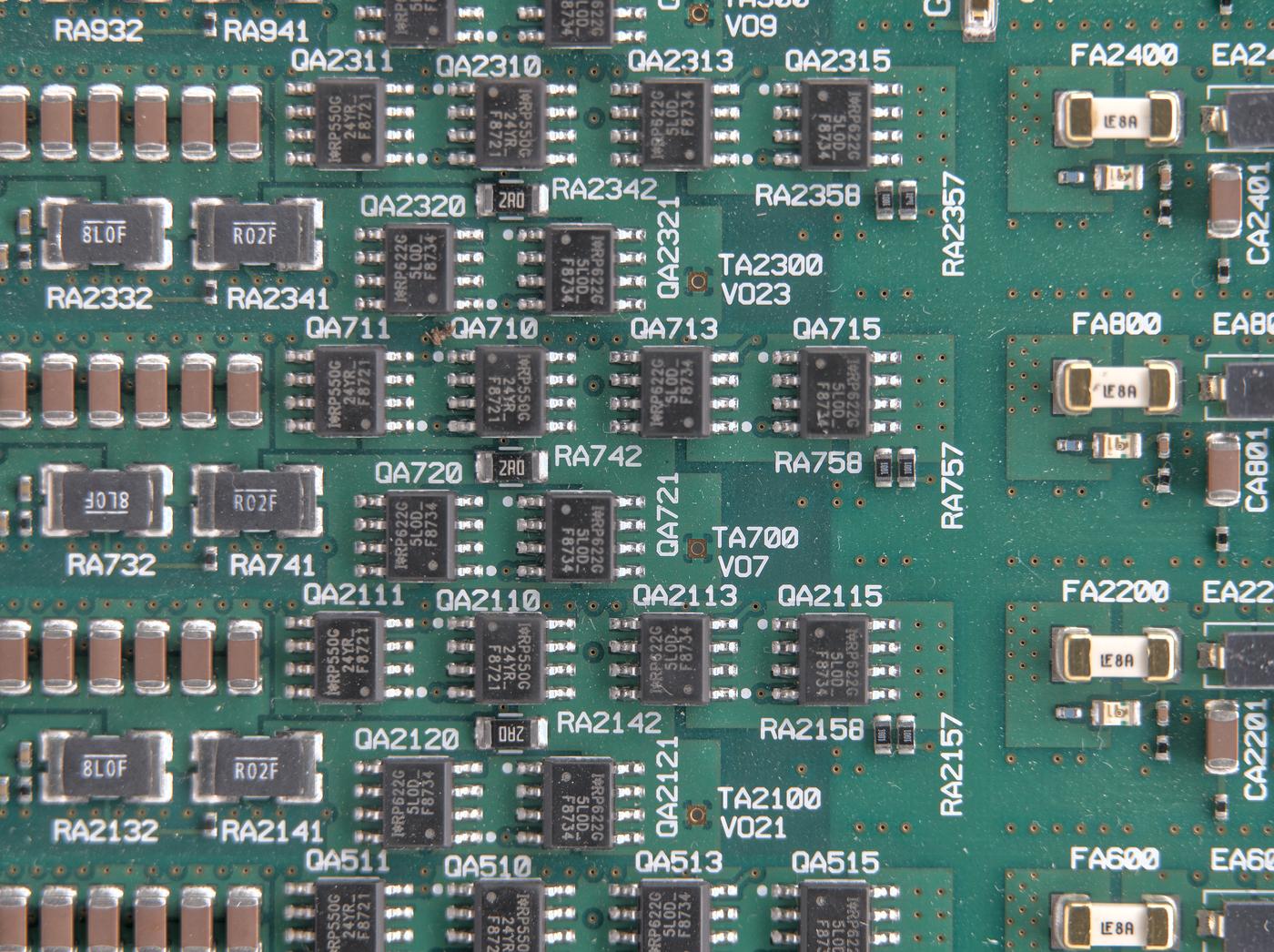
Image 26: Photograph captured with Fujifilm GF120mm f4 Macro lens + 45mm extender, using f/4 and 1.5 second exposure
With extender image gets quite soft on the corners as can be seen in above photograph of the circuit board.
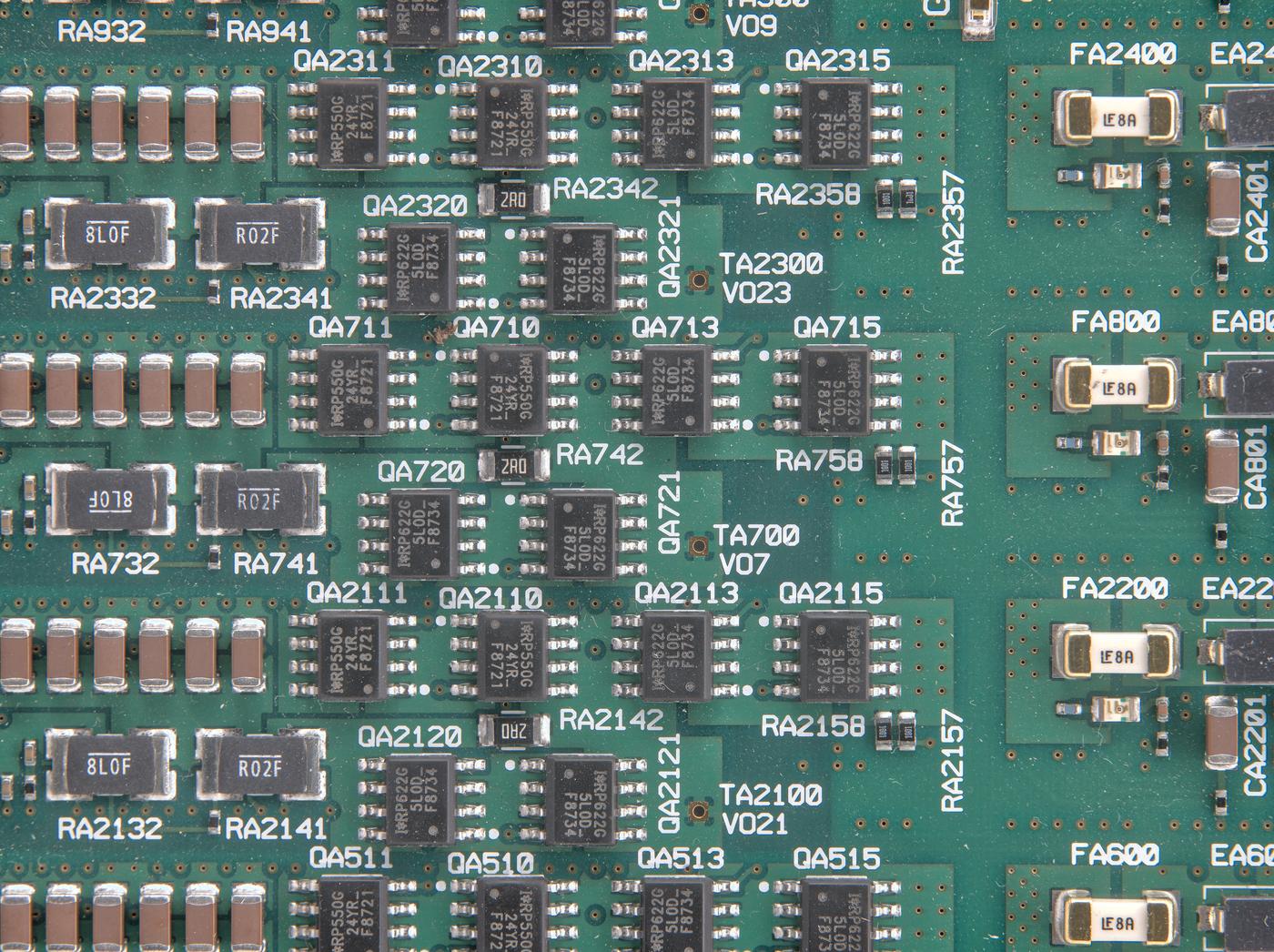
Image 27: Photograph captured with Fujifilm GF120mm f4 Macro lens + 45mm extender, using f/11 and 10 second exposure
Stopping down to f/11 helps quite a bit.
Test photo of the watch and section of $20 currency bill.

Image 28: Photograph captured with Fujifilm GF120mm f4 Macro lens + 45mm extender, using f/11 and 6.5 second exposure
Some photos of the OLED-based cell-phone screen. This image 29 captured with almost minimum focusing distance. Photograph is processed and cropped to 32.3 Megapixels (7575×4267).
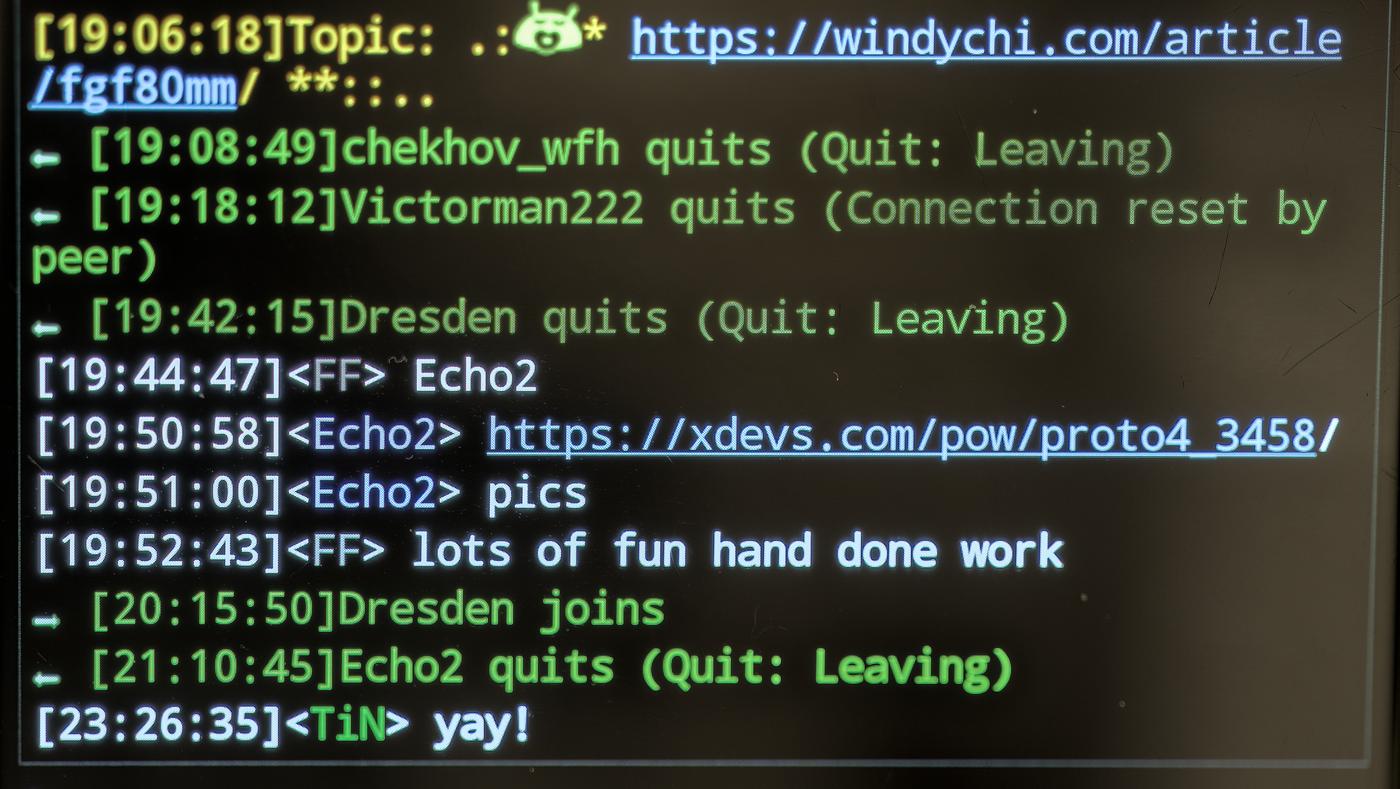
Image 29: Photograph captured with Fujifilm GF120mm f4 Macro lens, using f/4 and 4 second exposure
Adding extended allows to capture almost same visible area using much more of sensor resolution at 10599×5402 pixels (57 Megapixels).
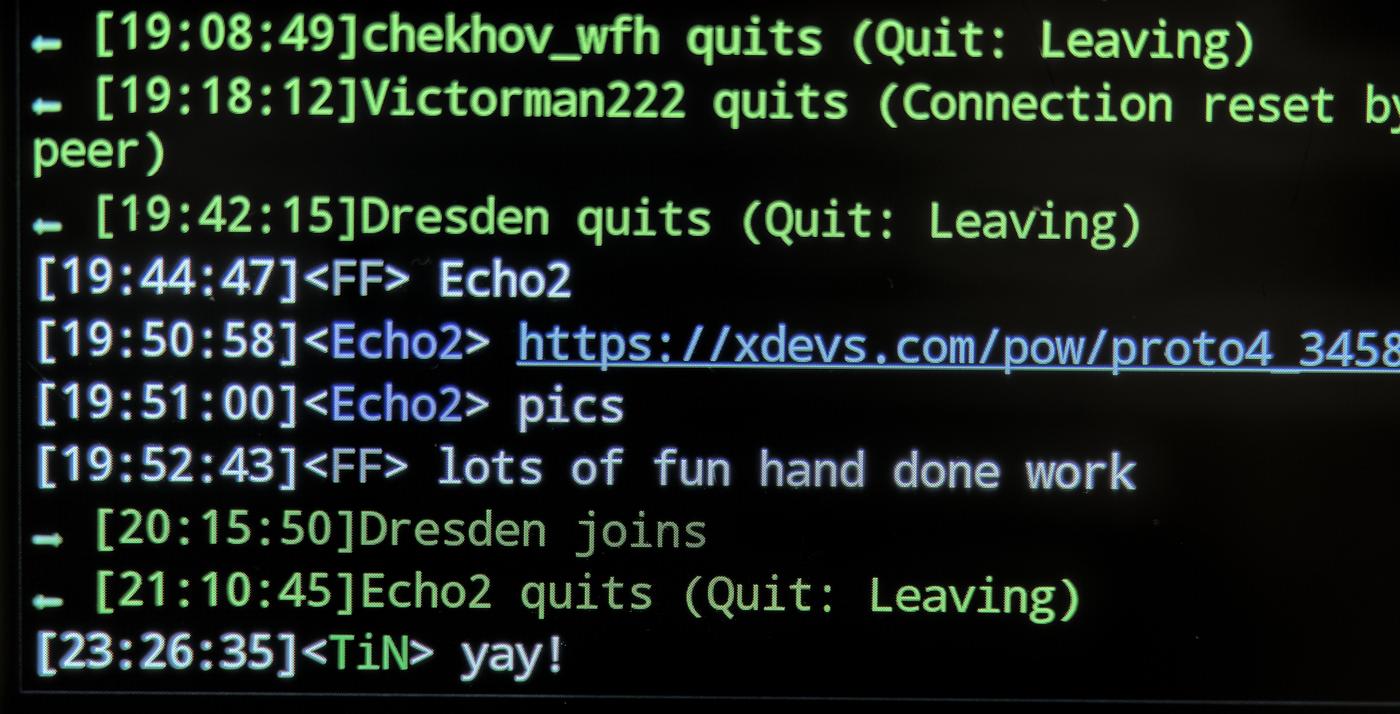
Image 30: Photograph captured with Fujifilm GF120mm f4 Macro lens + 45mm extender, using f/4 and 2 second exposure
GFX 100s sensor pixel physical size is 3.76 µm so that would be the limit of the 1:1 lens reproduction. As result extender gives quite noticeable magnification, as expected.
Real-world photos
These tests were conducted on a lens that had been patched up, as discussed in this article. Therefore, the results are likely not representative of the actual performance of a good and properly functioning Fujinon GF 120mm f4 MACRO lens.
All these photographs are taken on September 15, 2024 in the Frelinghuysen Arboretum, Morristown, NJ, USA for personal use on this site.

Image 31: GF 120mmF4 at f/5.0, 1/500” second, ISO 400, Fujifilm GFX100s, click for full resolution

Image 32: GF 120mmF4 at f/5.6, 1/1250” second, ISO 400, Fujifilm GFX100s, click for full resolution

Image 33: GF 120mmF4 at f/5.6, 1/1250” second, ISO 400, Fujifilm GFX100s, click for full resolution

Image 34: GF 120mmF4 at f/5.6, 1/1000” second, ISO 400, Fujifilm GFX100s, click for full resolution

Image 35: GF 120mmF4 at f/6.4, 1/640” second, ISO 400, Fujifilm GFX100s, click for full resolution

Image 36: GF 120mmF4 at f/6.4, 1/640” second, ISO 400, Fujifilm GFX100s, click for full resolution

Image 37: GF 120mmF4 at f/5.0, 1/500” second, ISO 400, Fujifilm GFX100s, click for full resolution

Image 38: GF 120mmF4 at f/5.0, 1/500” second, ISO 400, Fujifilm GFX100s, click for full resolution

Image 39: GF 120mmF4 at f/5.0, 1/500” second, ISO 400, Fujifilm GFX100s, click for full resolution

Image 40: GF 120mmF4 at f/5.0, 1/500” second, ISO 400, Fujifilm GFX100s, click for full resolution

Image 41: GF 120mmF4 at f/5.6, 1/640” second, ISO 400, Fujifilm GFX100s, click for full resolution

Image 42: GF 120mmF4 at f/5.6, 1/640” second, ISO 400, Fujifilm GFX100s, click for full resolution

Image 43: GF 120mmF4 at f/5.6, 1/320” second, ISO 400, Fujifilm GFX100s, click for full resolution

Image 44: GF 120mmF4 at f/5.6, 1/400” second, ISO 400, Fujifilm GFX100s, click for full resolution

Image 45: GF 120mmF4 + 45 mm extender ring at f/5.6, 1/400” second, ISO 400, Fujifilm GFX100s, click for full resolution

Image 46: GF 120mmF4 + 45 mm extender ring at f/5.6, 1/500” second, ISO 400, Fujifilm GFX100s, click for full resolution
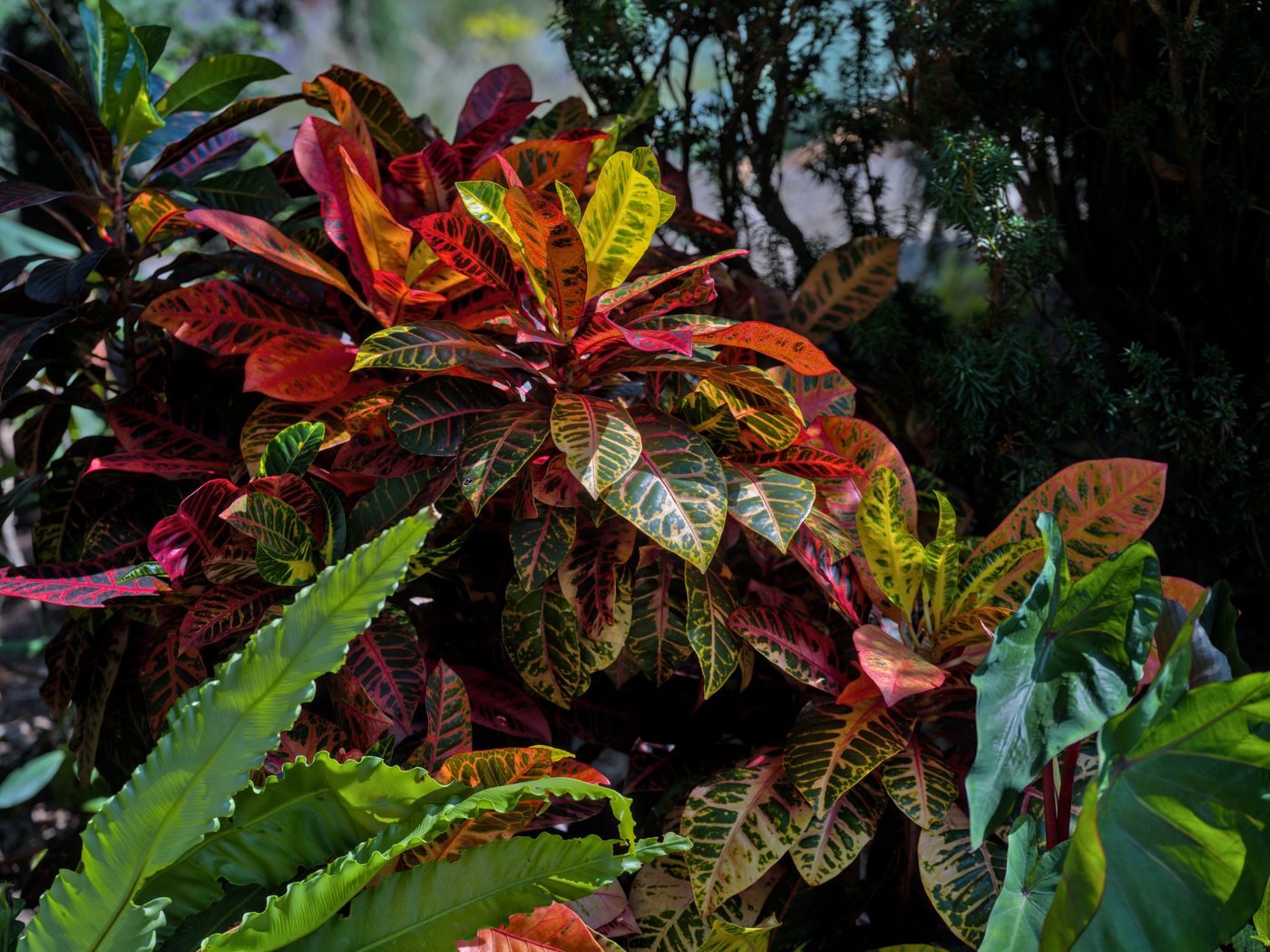
Image 47: GF 120mmF4 at f/5.6, 1/500” second, ISO 400, Fujifilm GFX100s, click for full resolution

Image 48: GF 120mmF4 at f/5.6, 1/160” second, ISO 400, Fujifilm GFX100s, click for full resolution

Image 49: GF 120mmF4 at f/5.6, 1/500” second, ISO 400, Fujifilm GFX100s, click for full resolution

Image 50: GF 120mmF4 at f/5.6, 1/500” second, ISO 400, Fujifilm GFX100s, click for full resolution

Image 51: GF 120mmF4 at f/5.6, 1/400” second, ISO 400, Fujifilm GFX100s, click for full resolution

Image 52: GF 120mmF4 at f/5.6, 1/1250” second, ISO 400, Fujifilm GFX100s, click for full resolution

Image 53: GF 120mmF4 at f/5.6, 1/1250” second, ISO 400, Fujifilm GFX100s, click for full resolution

Image 54: GF 120mmF4 at f/5.6, 1/1250” second, ISO 400, Fujifilm GFX100s, click for full resolution

Image 55: GF 120mmF4 at f/5.6, 1/1000” second, ISO 400, Fujifilm GFX100s, click for full resolution

Image 56: GF 120mmF4 at f/5.6, 1/400” second, ISO 400, Fujifilm GFX100s, click for full resolution
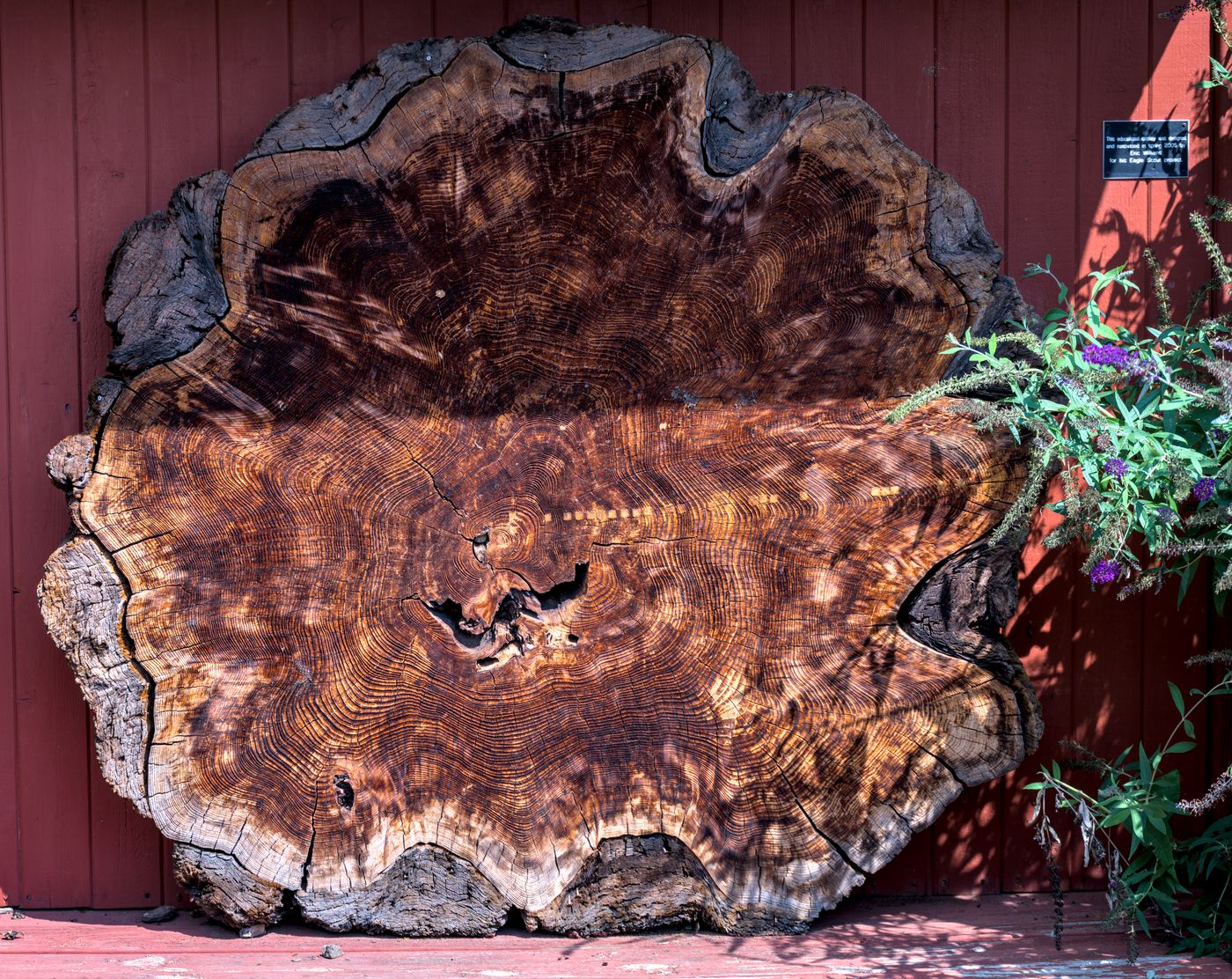
Image 57: GF 120mmF4 at f/5.0, 1/400” second, ISO 400, Fujifilm GFX100s, click for full resolution

Image 58: GF 120mmF4 at f/5.0, 1/800” second, ISO 400, Fujifilm GFX100s, click for full resolution

Image 59: GF 120mmF4 + 45 mm extender ring at f/4.0, 1/500” second, ISO 400, Fujifilm GFX100s, click for full resolution

Image 60: GF 120mmF4 + 45 mm extender ring at f/4.0, 1/500” second, ISO 400, Fujifilm GFX100s, click for full resolution

Image 61: GF 120mmF4+ 45 mm extender ring at f/4.0, 1/500” second, ISO 400, Fujifilm GFX100s, click for full resolution

Image 62: GF 120mmF4 at f/4.0, 1/500” second, ISO 400, Fujifilm GFX100s, click for full resolution

Image 63: GF 120mmF4 + 45 mm extender ring at f/4.0, 1/1600” second, ISO 400, Fujifilm GFX100s, click for full resolution

Image 64: GF 120mmF4 at f/5.6, 1/1000” second, ISO 400, Fujifilm GFX100s, click for full resolution

Image 65: GF 120mmF4 at f/4.5, 1/80” second, ISO 400, Fujifilm GFX100s, click for full resolution
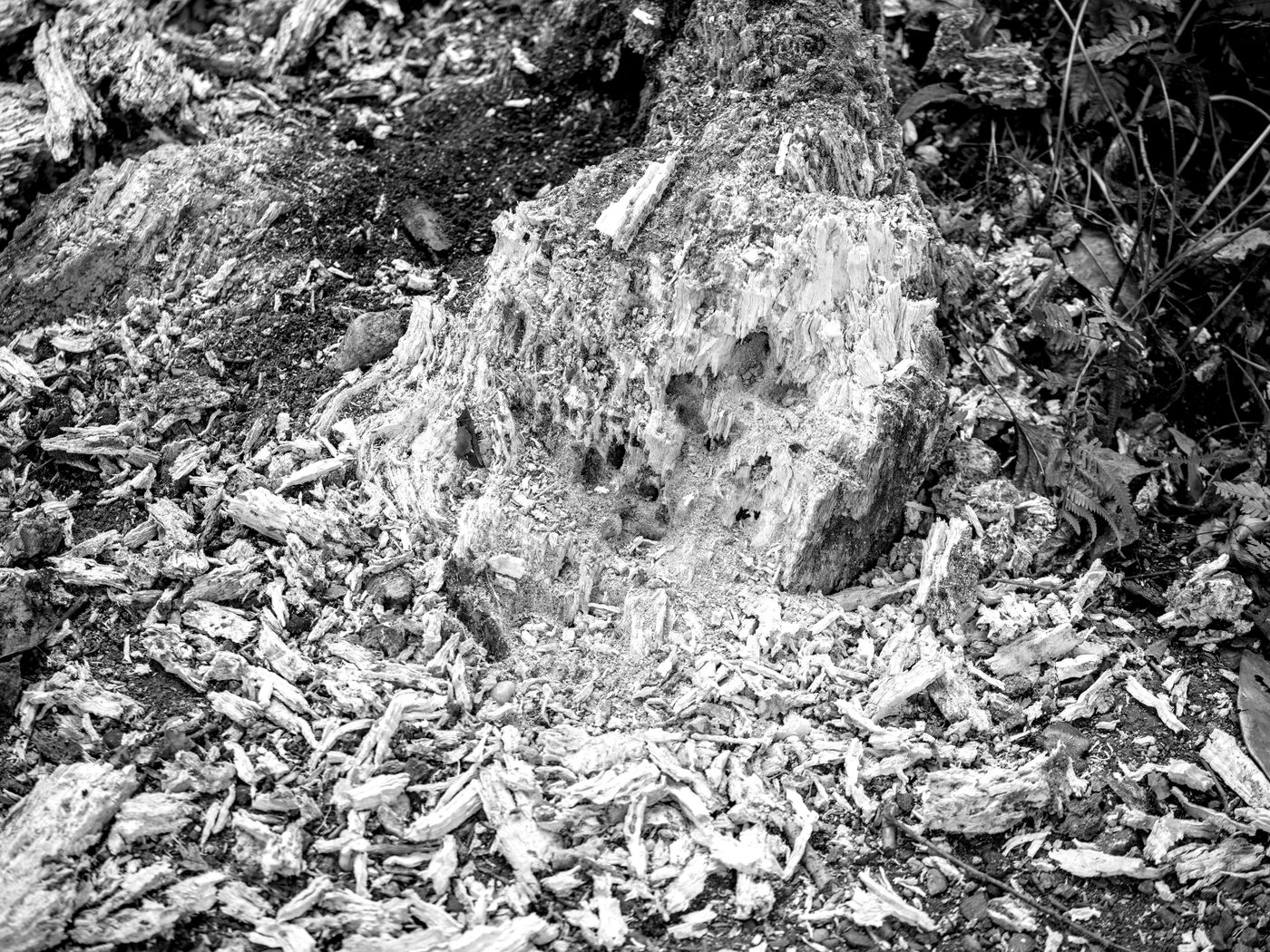
Image 66: GF 120mmF4 at f/4.5, 1/60” second, ISO 400, Fujifilm GFX100s, click for full resolution

Image 67: GF 120mmF4 at f/4.5, 1/100” second, ISO 400, Fujifilm GFX100s, click for full resolution

Image 68: GF 120mmF4 at f/5.6, 1/250” second, ISO 400, Fujifilm GFX100s, click for full resolution

Image 69: GF 120mmF4 at f/5.6, 1/400” second, ISO 400, Fujifilm GFX100s, click for full resolution
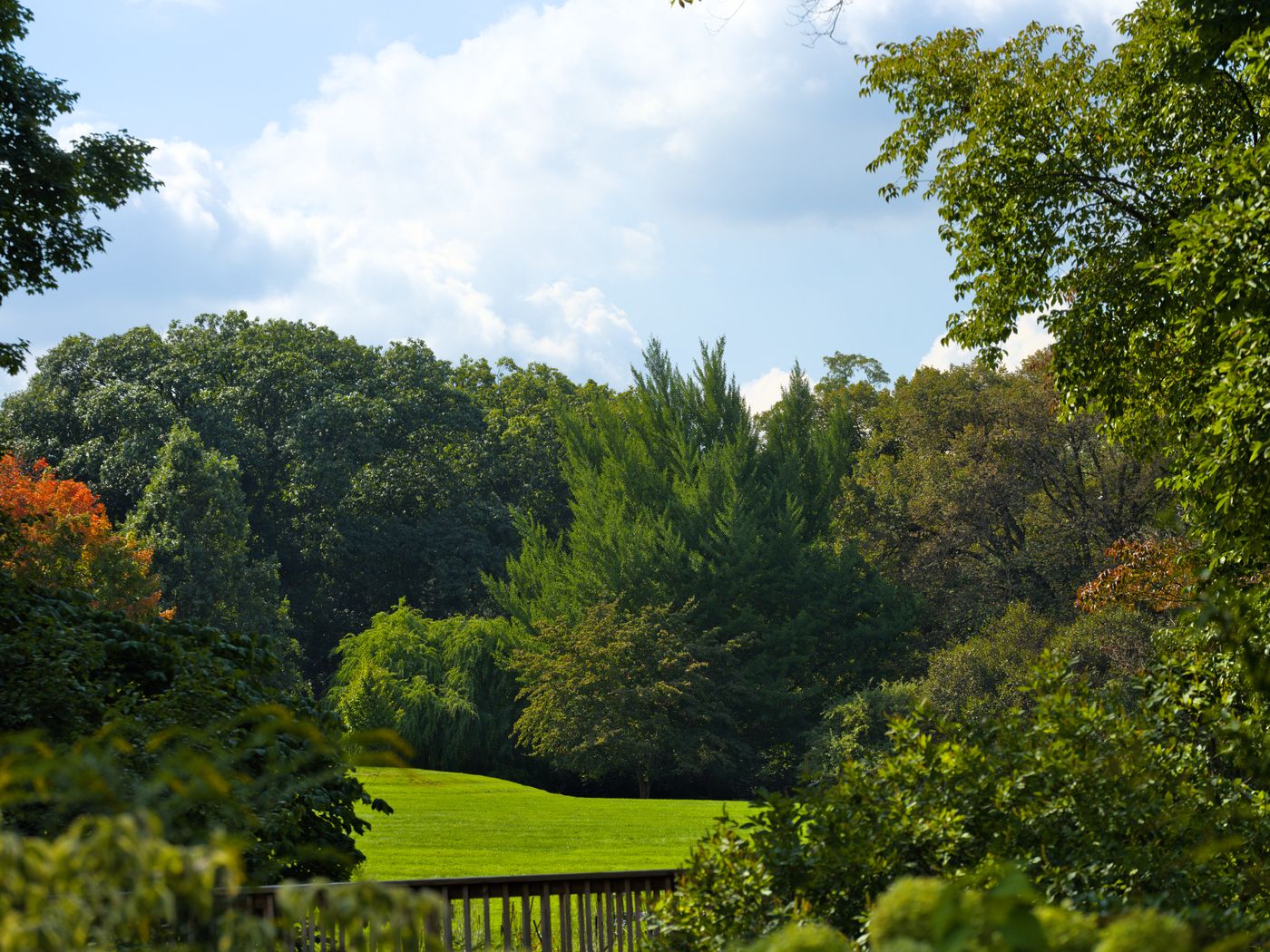
Image 70: GF 120mmF4 at f/5.6, 1/4000” second, ISO 400, Fujifilm GFX100s, click for full resolution

Image 71: GF 120mmF4 at f/4.0, 1/125” second, ISO 400, Fujifilm GFX100s, click for full resolution
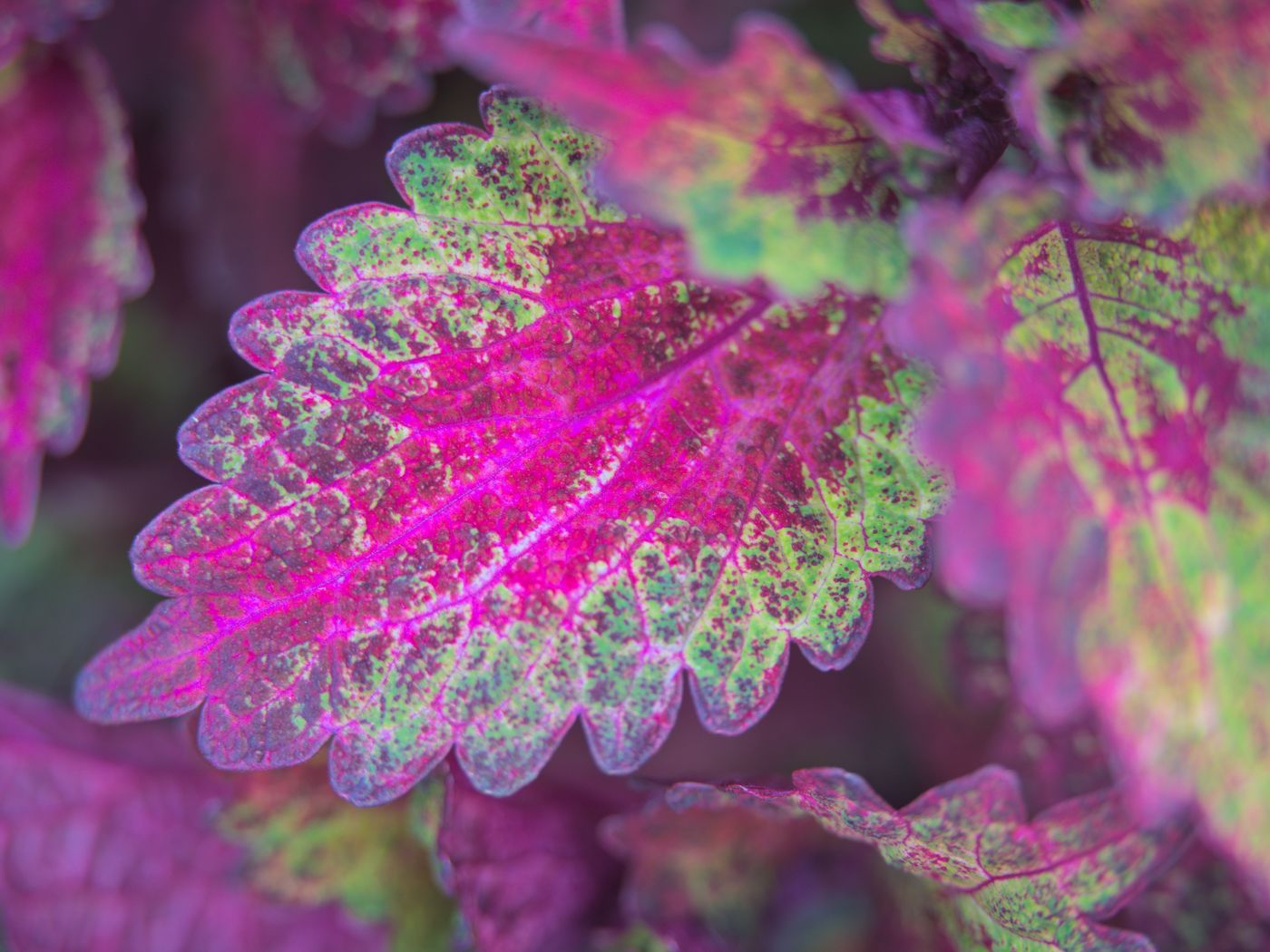
Image 72: GF 120mmF4 at f/4.0, 1/125” second, ISO 400, Fujifilm GFX100s, click for full resolution

Image 73: GF 120mmF4 at f/4.0, 1/125” second, ISO 400, Fujifilm GFX100s, click for full resolution

Image 74: GF 120mmF4 at f/4.0, 1/500” second, ISO 400, Fujifilm GFX100s, click for full resolution

Image 75: GF 120mmF4 at f/4.0, 1/400” second, ISO 400, Fujifilm GFX100s, click for full resolution

Image 76: GF 120mmF4 at f/4.0, 1/1250” second, ISO 400, Fujifilm GFX100s, click for full resolution

Image 77: GF 120mmF4 at f/5.6, 1/1250” second, ISO 400, Fujifilm GFX100s, click for full resolution

Image 78: GF 120mmF4 at f/5.6, 1/640” second, ISO 400, Fujifilm GFX100s, click for full resolution

Image 79: GF 120mmF4 at f/5.6, 1/100” second, ISO 400, Fujifilm GFX100s, click for full resolution
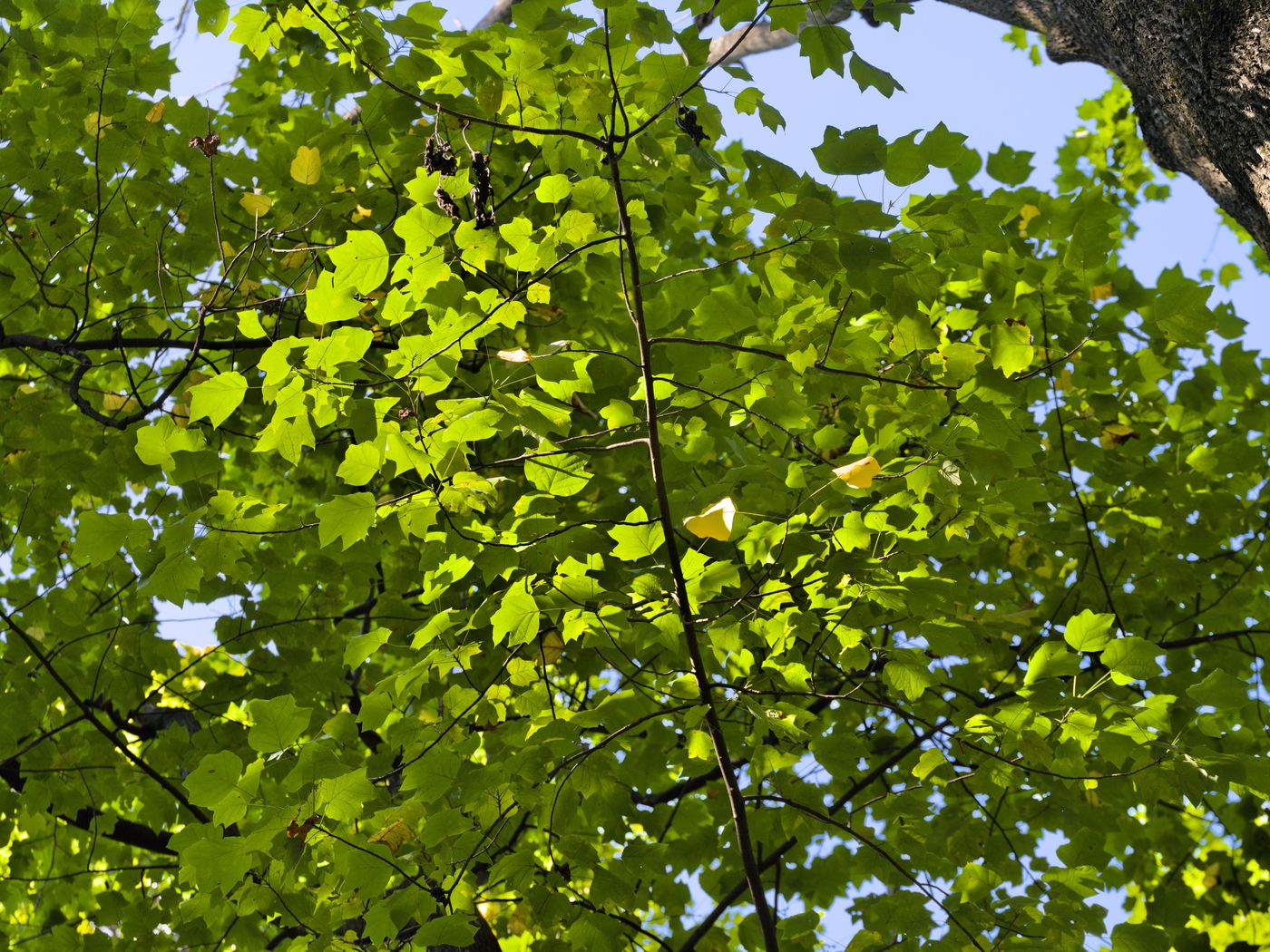
Image 80: GF 120mmF4 at f/5.6, 1/500” second, ISO 400, Fujifilm GFX100s, click for full resolution

Image 81: GF 120mmF4 at f/5.6, 1/160” second, ISO 400, Fujifilm GFX100s, click for full resolution
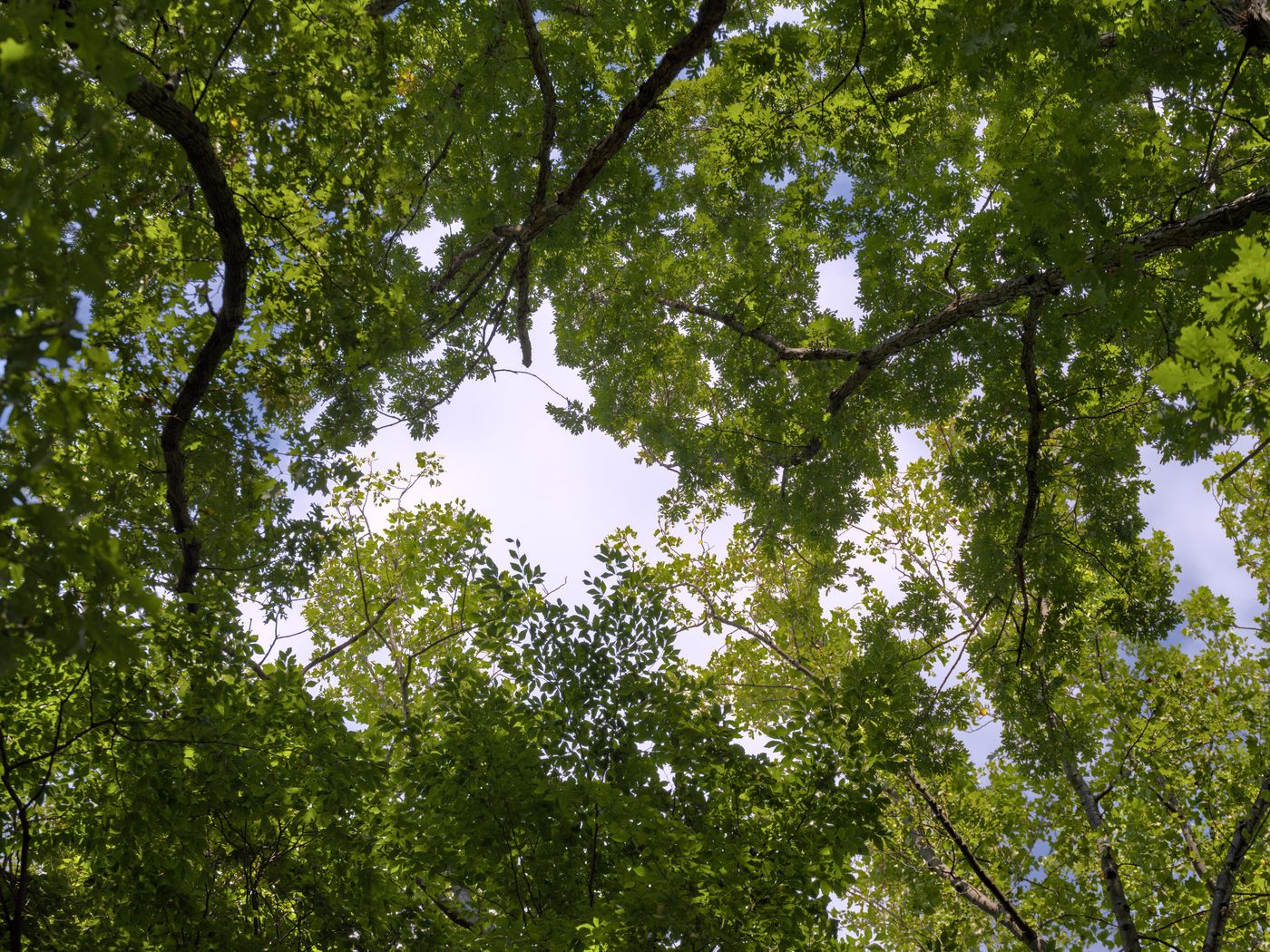
Image 82: GF 120mmF4 at f/5.6, 1/1600” second, ISO 400, Fujifilm GFX100s, click for full resolution

Image 83: GF 120mmF4 at f/5.6, 1/500” second, ISO 400, Fujifilm GFX100s, click for full resolution
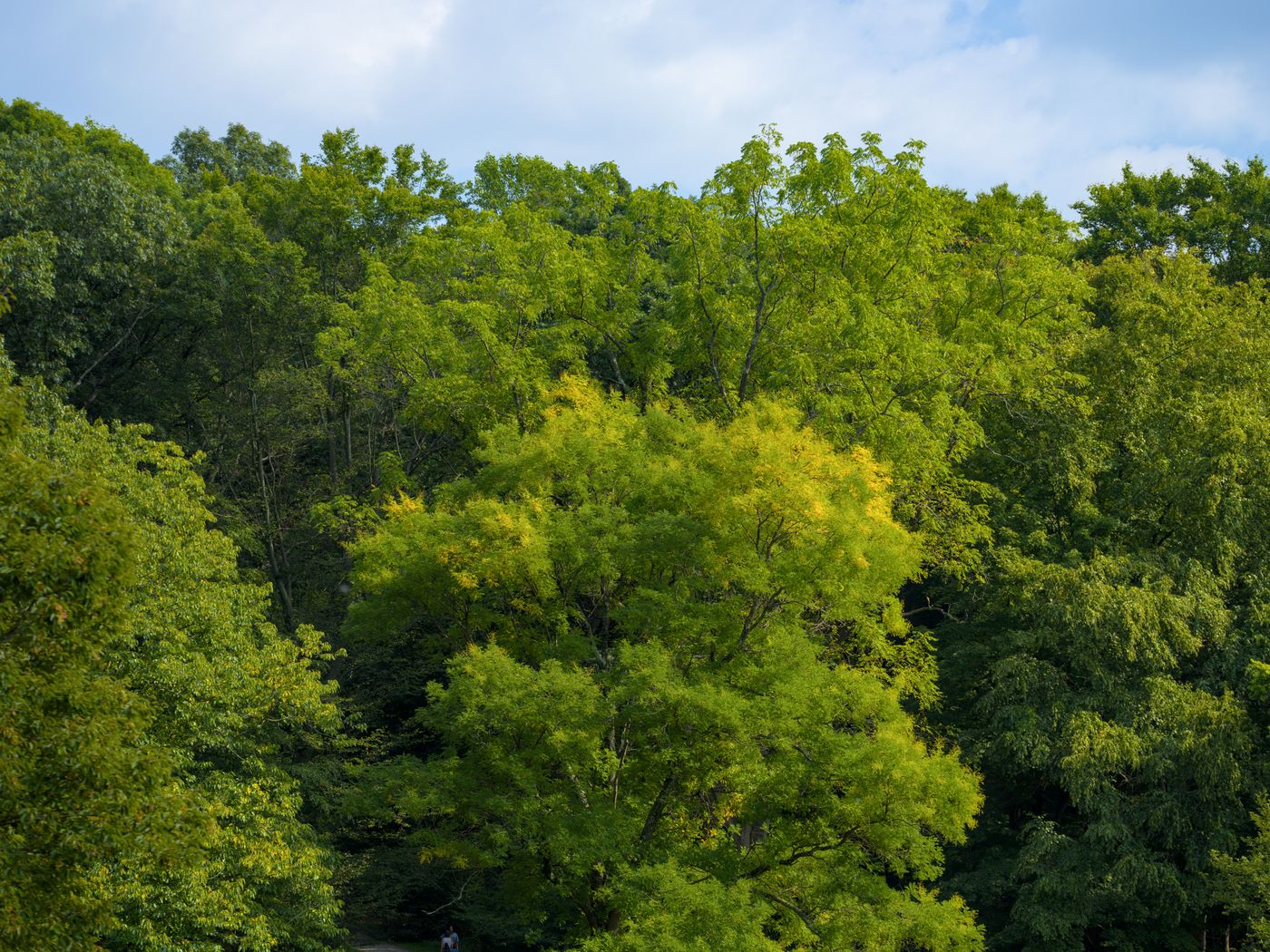
Image 84: GF 120mmF4 at f/5.6, 1/800” second, ISO 400, Fujifilm GFX100s, click for full resolution

Image 85: GF 120mmF4 at f/5.6, 1/320” second, ISO 400, Fujifilm GFX100s, click for full resolution

Image 86: GF 120mmF4 + 45 mm extender ring at f/5.6, 1/320” second, ISO 400, Fujifilm GFX100s, click for full resolution

Image 87: GF 120mmF4 + 45 mm extender ring at f/8.0, 1/1000” second, ISO 800, Fujifilm GFX100s, click for full resolution
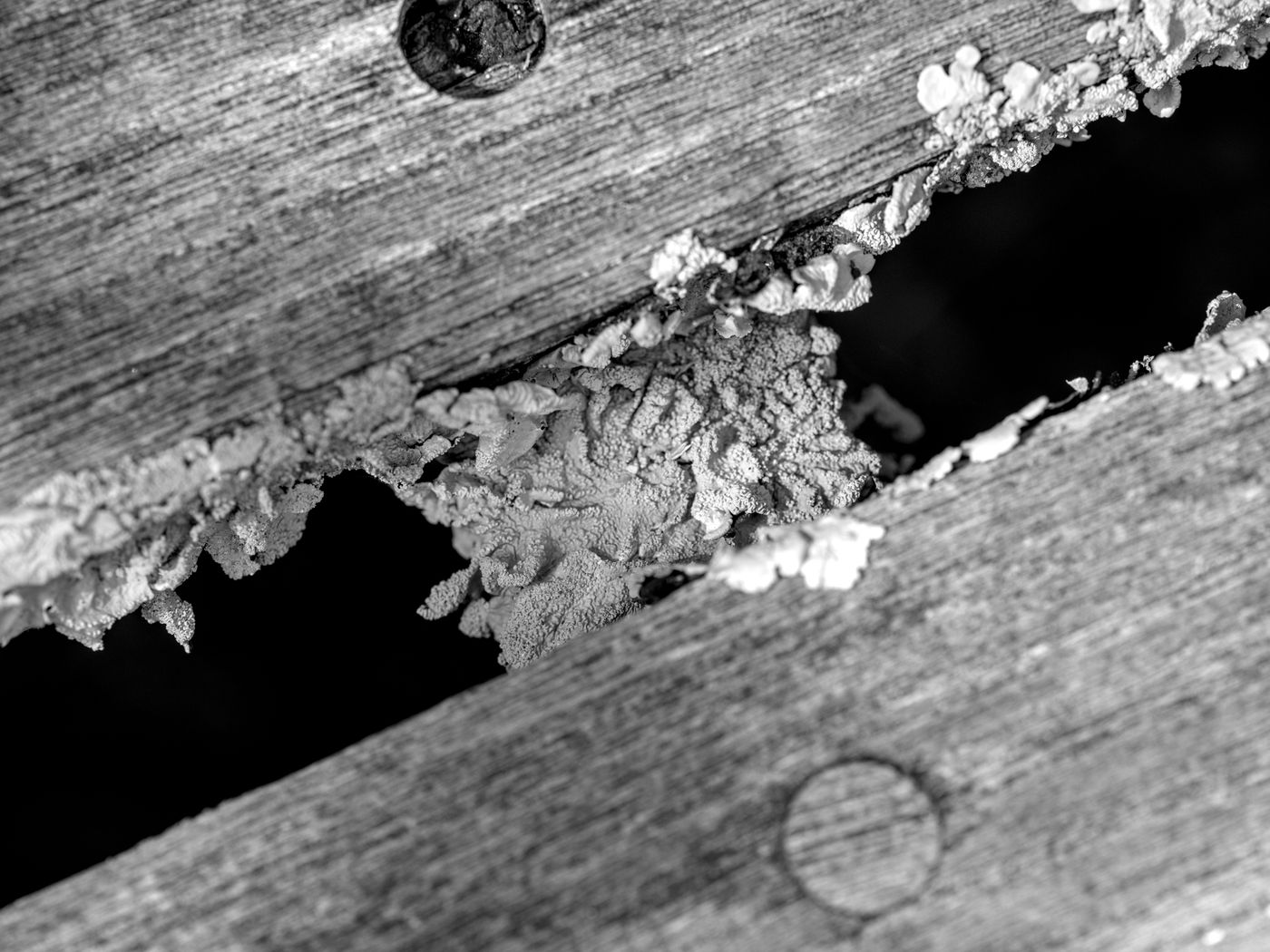
Image 88: GF 120mmF4 + 45 mm extender ring at f/8.0, 1/640” second, ISO 400, Fujifilm GFX100s, click for full resolution

Image 89: GF 120mmF4 + 45 mm extender ring at f/5.0, 1/500” second, ISO 800, Fujifilm GFX100s, click for full resolution

Image 90: GF 120mmF4 at f/5.0, 1/250” second, ISO 800, Fujifilm GFX100s, click for full resolution

Image 91: GF 120mmF4 at f/4.0, 1/400” second, ISO 800, Fujifilm GFX100s, click for full resolution
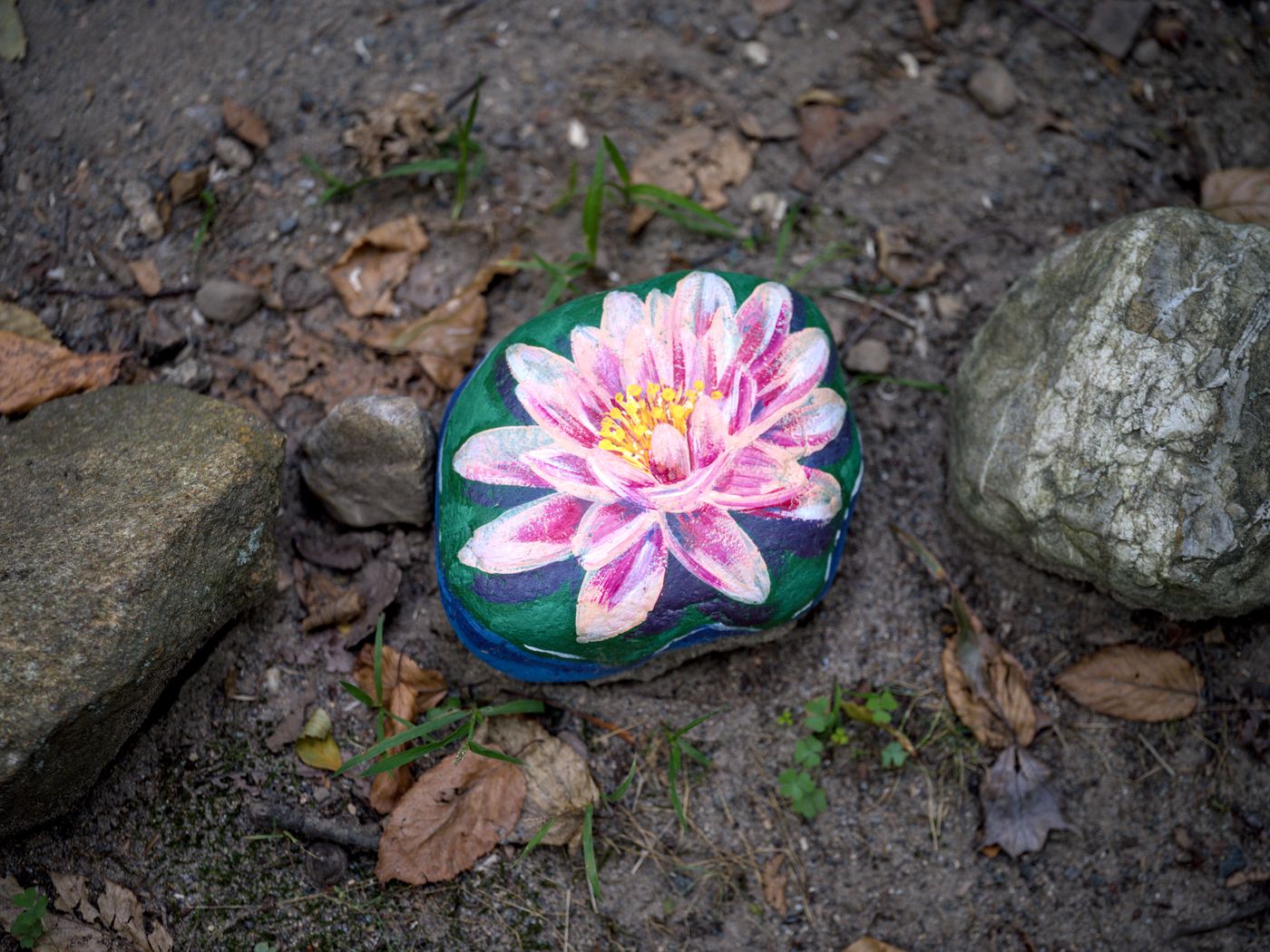
Image 92: GF 120mmF4 at f/4.0, 1/400” second, ISO 800, Fujifilm GFX100s, click for full resolution

Image 93: GF 120mmF4 at f/4.0, 1/400” second, ISO 800, Fujifilm GFX100s, click for full resolution

Image 94: GF 120mmF4 at f/4.0, 1/320” second, ISO 800, Fujifilm GFX100s, click for full resolution

Image 95: GF 120mmF4 at f/5.0, 1/13” second, ISO 800, Fujifilm GFX100s, click for full resolution

Image 96: GF 120mmF4 at f/5.6, 1/160” second, ISO 800, Fujifilm GFX100s, click for full resolution
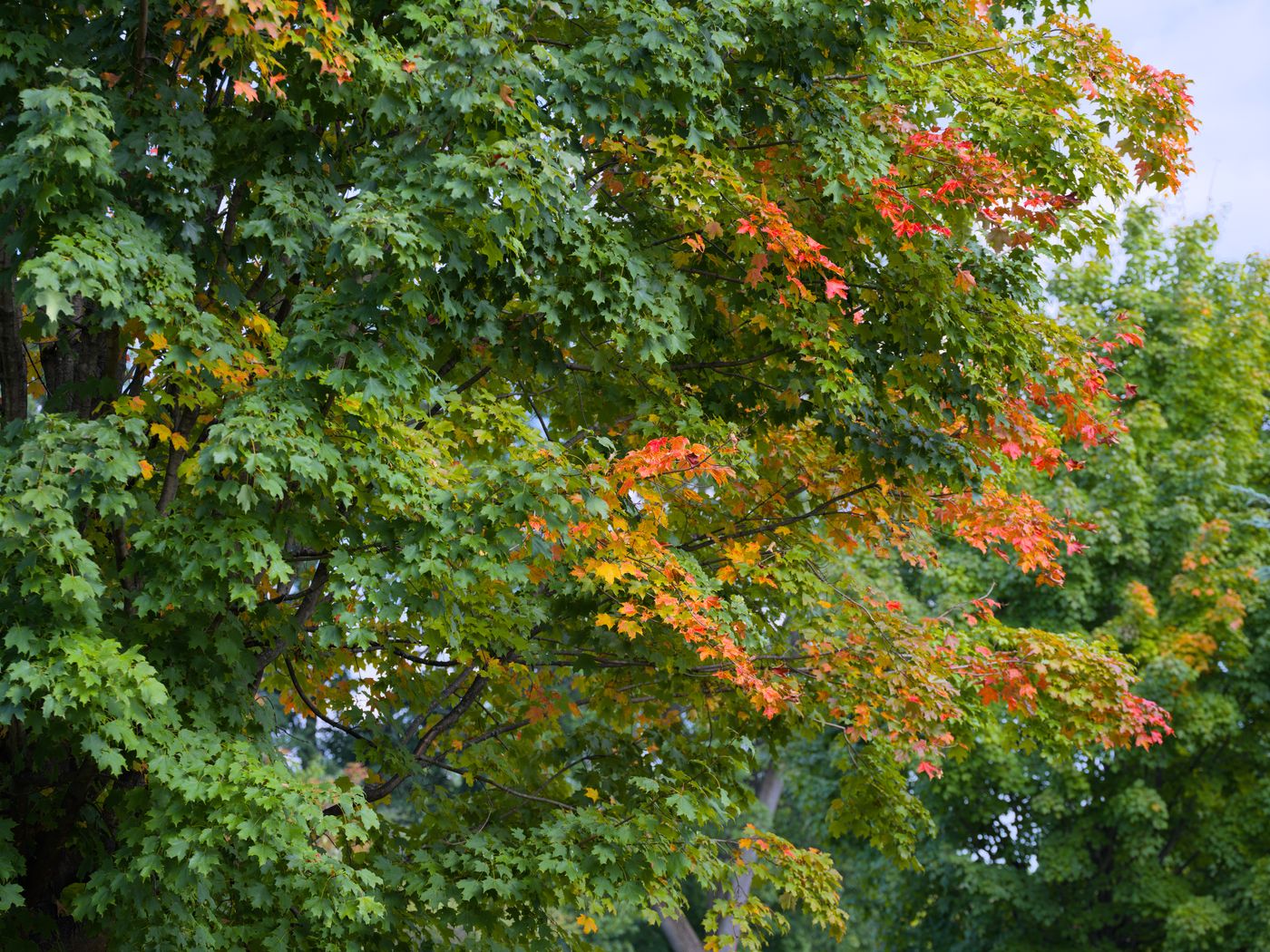
Image 97: GF 120mmF4 at f/5.6, 1/320” second, ISO 800, Fujifilm GFX100s, click for full resolution

Image 98: GF 120mmF4 at f/5.0, 1/800” second, ISO 800, Fujifilm GFX100s, click for full resolution

Image 99: GF 120mmF4 at f/5.0, 1/2500” second, ISO 400, Fujifilm GFX100s, click for full resolution

Image 100: GF 120mmF4 at f/5.0, 1/1250” second, ISO 400, Fujifilm GFX100s, click for full resolution

Image 101: GF 120mmF4 at f/5.0, 1/1250” second, ISO 320, Fujifilm GFX100s, click for full resolution

Image 102: GF 120mmF4 at f/4.0, 1/640” second, ISO 320, Fujifilm GFX100s, click for full resolution
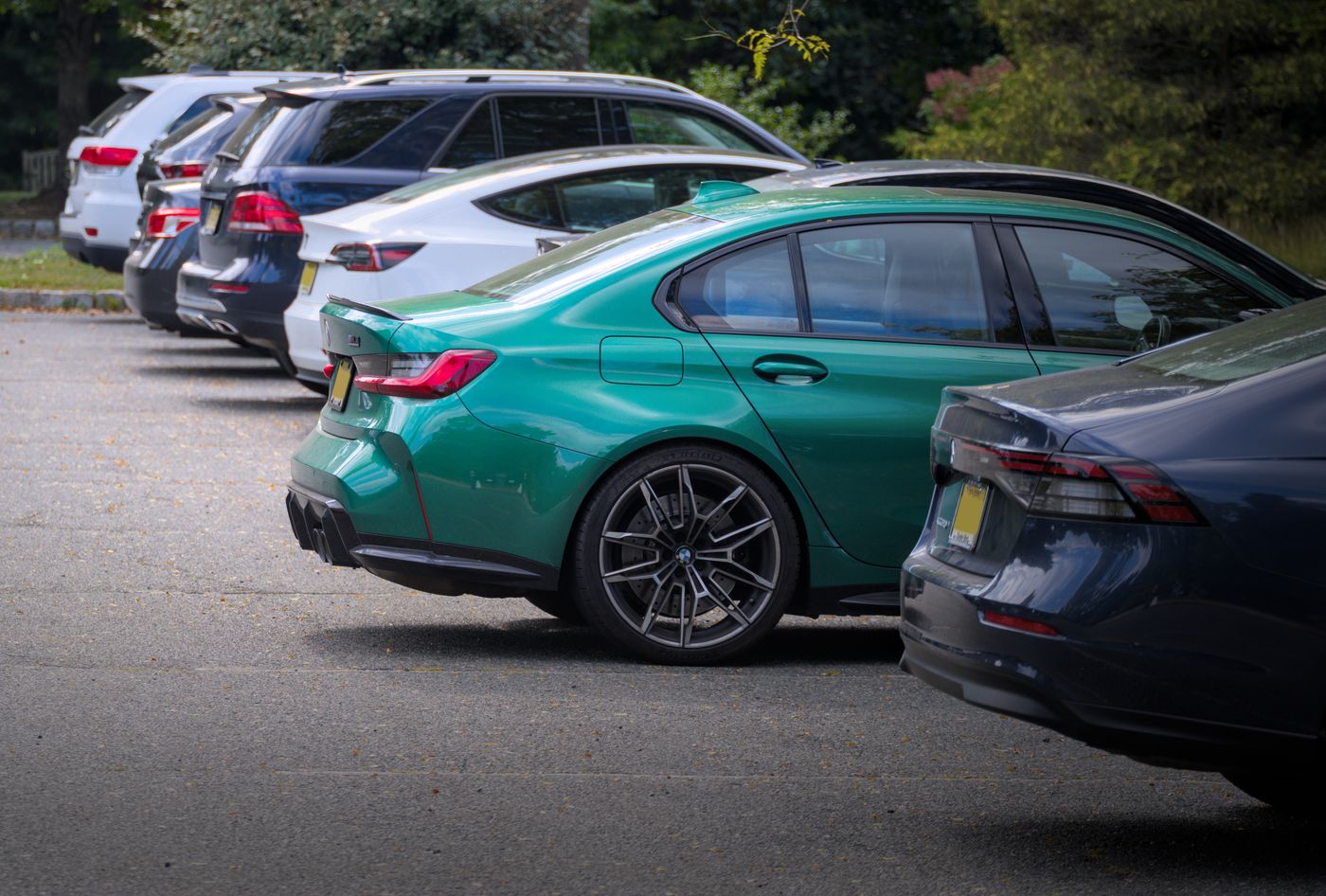
Image 103: GF 120mmF4 at f/4.0, 1/640” second, ISO 320, Fujifilm GFX100s, click for full resolution
All images were captured with handheld GFX 100S without artificial lights or flashes. All images were captured in RAW and processed in darktable.
Panorama stitch test
One of the photos also tested automatic stitching of 8 images into one squared panoramic image (19632 × 20870 pixels, 409.7 MP, 343 MB). PixelShift was not used.
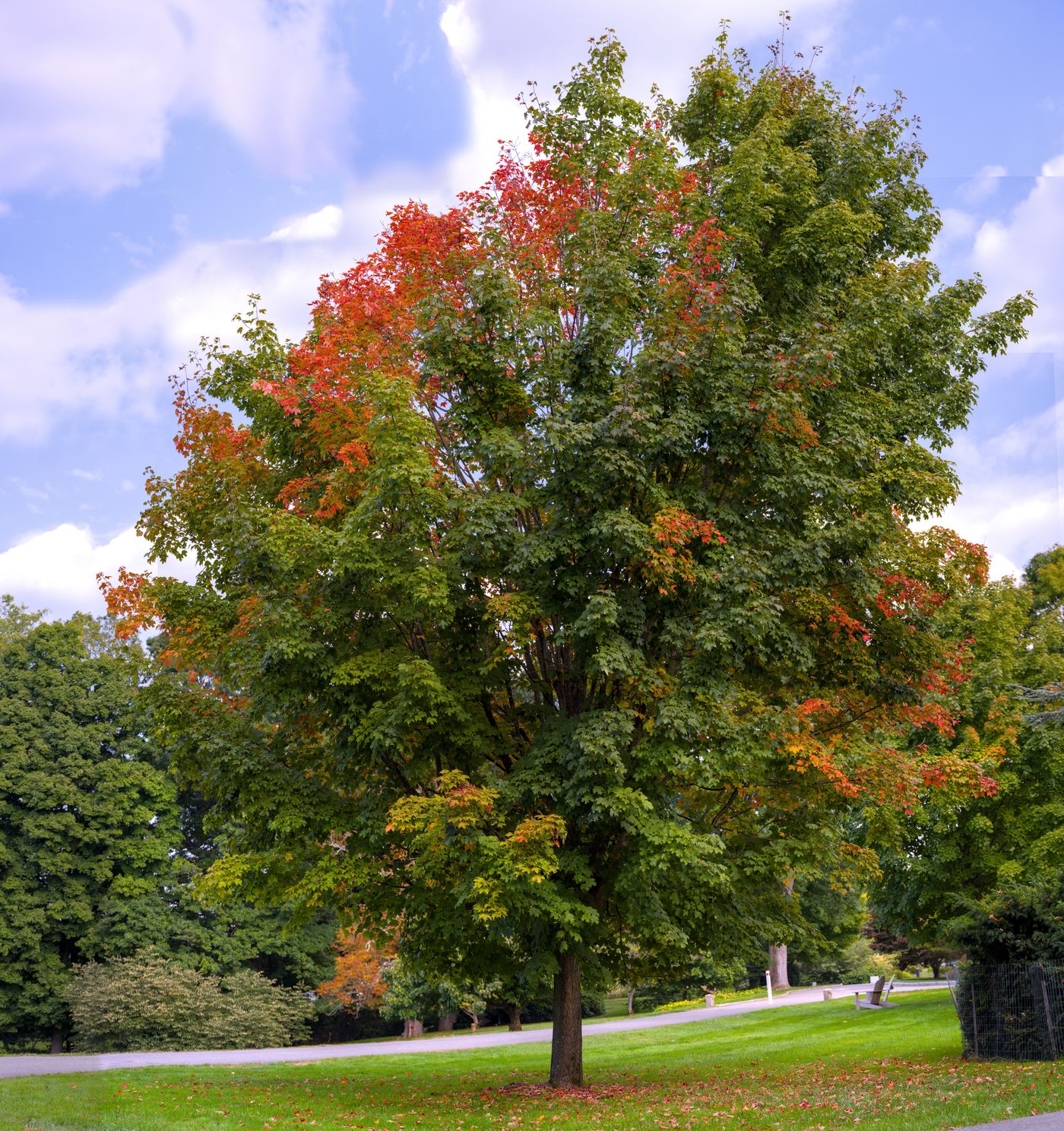
Image 104: GF 120mmF4 stitched from 8 images together, click for full resolution
100% crop:

Image 105: GF 120mmF4 crop 1:1
Summary and conclusion
I’m pretty happy with this project outcome and looking forward to play with this lens and GFX system. It feels like relearning photography from the basics again after shooting with Nikon F bodies and lenses for 16 years. I got one more broken GF lens for future teardown projects as well, so stay tuned and keep checking for updates.
Also real-time discussion about this article and related stuff is very welcome at xDevs.com IRC-chat server: xdevs.com (standard port 6010, channel: #xDevs.com).
Projects like this are born from passion and a desire to share how things work. Education is the foundation of a healthy society - especially important in today's volatile world. xDevs began as a personal project notepad in Kherson, Ukraine back in 2008 and has grown with support of passionate readers just like you. There are no (and never will be) any ads, sponsors or shareholders behind xDevs.com, just a commitment to inspire and help learning. If you are in a position to help others like us, please consider supporting xDevs.com’s home-country Ukraine in its defense of freedom to speak, freedom to live in peace and freedom to choose their way. You can use official site to support Ukraine – United24 or Help99. Every cent counts.
Modified: Nov. 10, 2024, 5:55 a.m.

